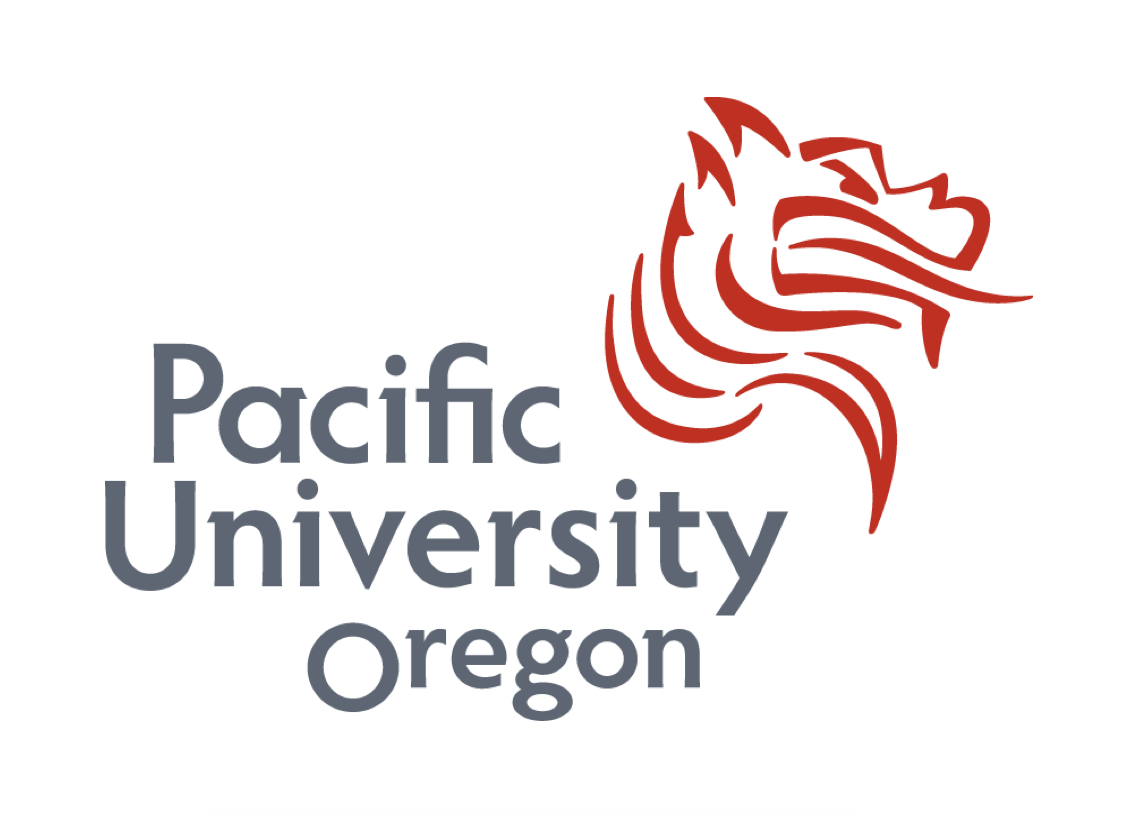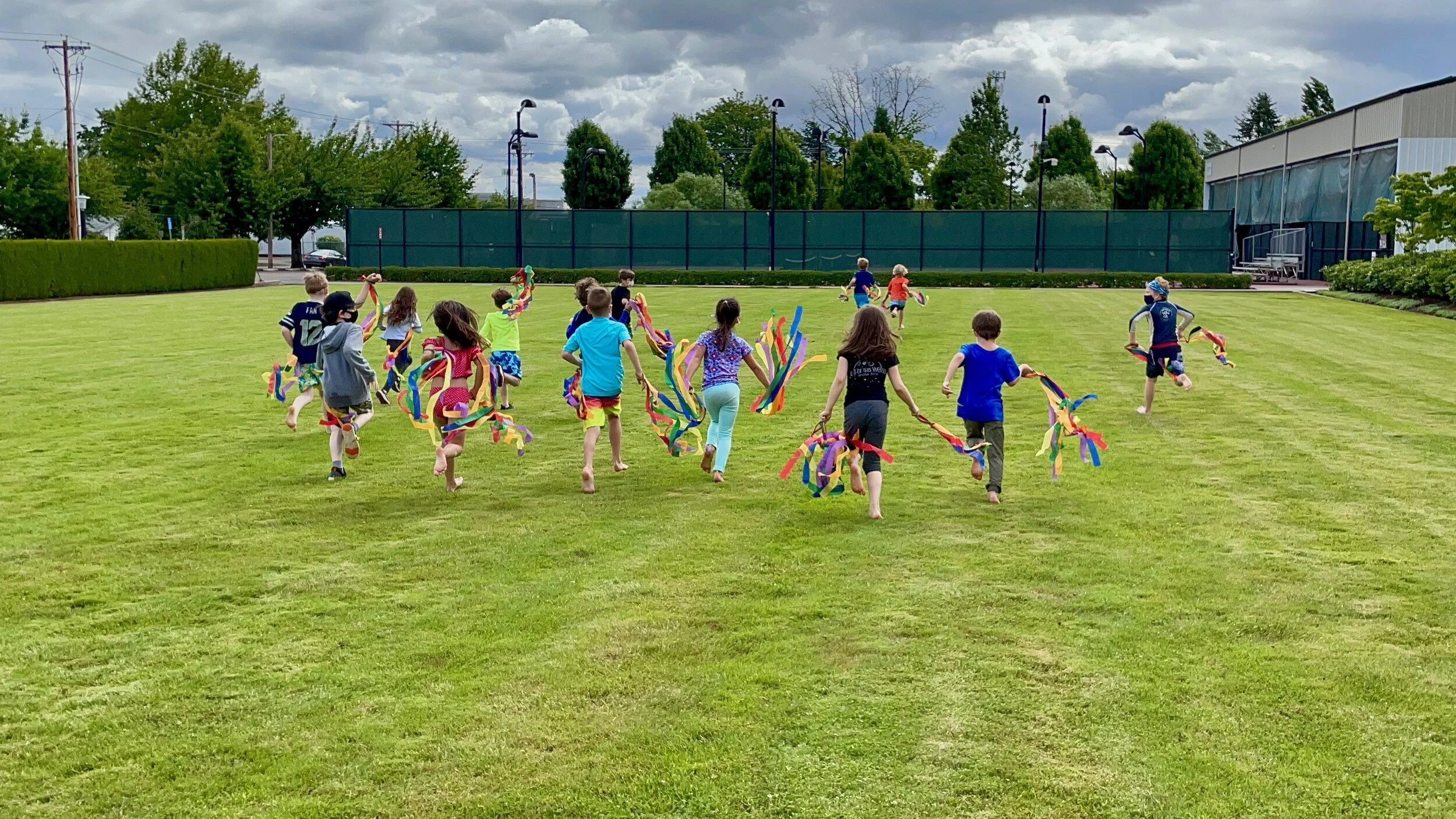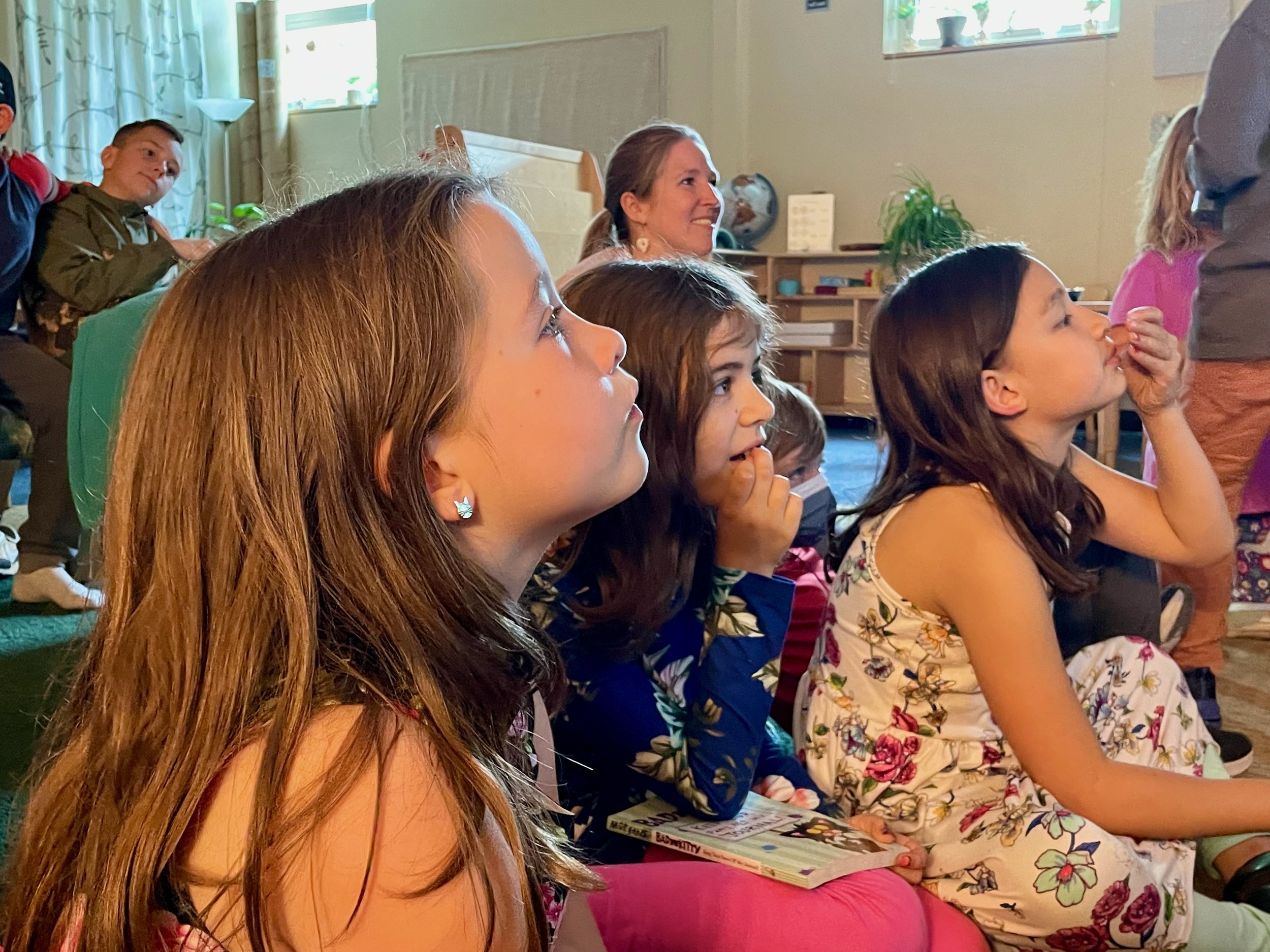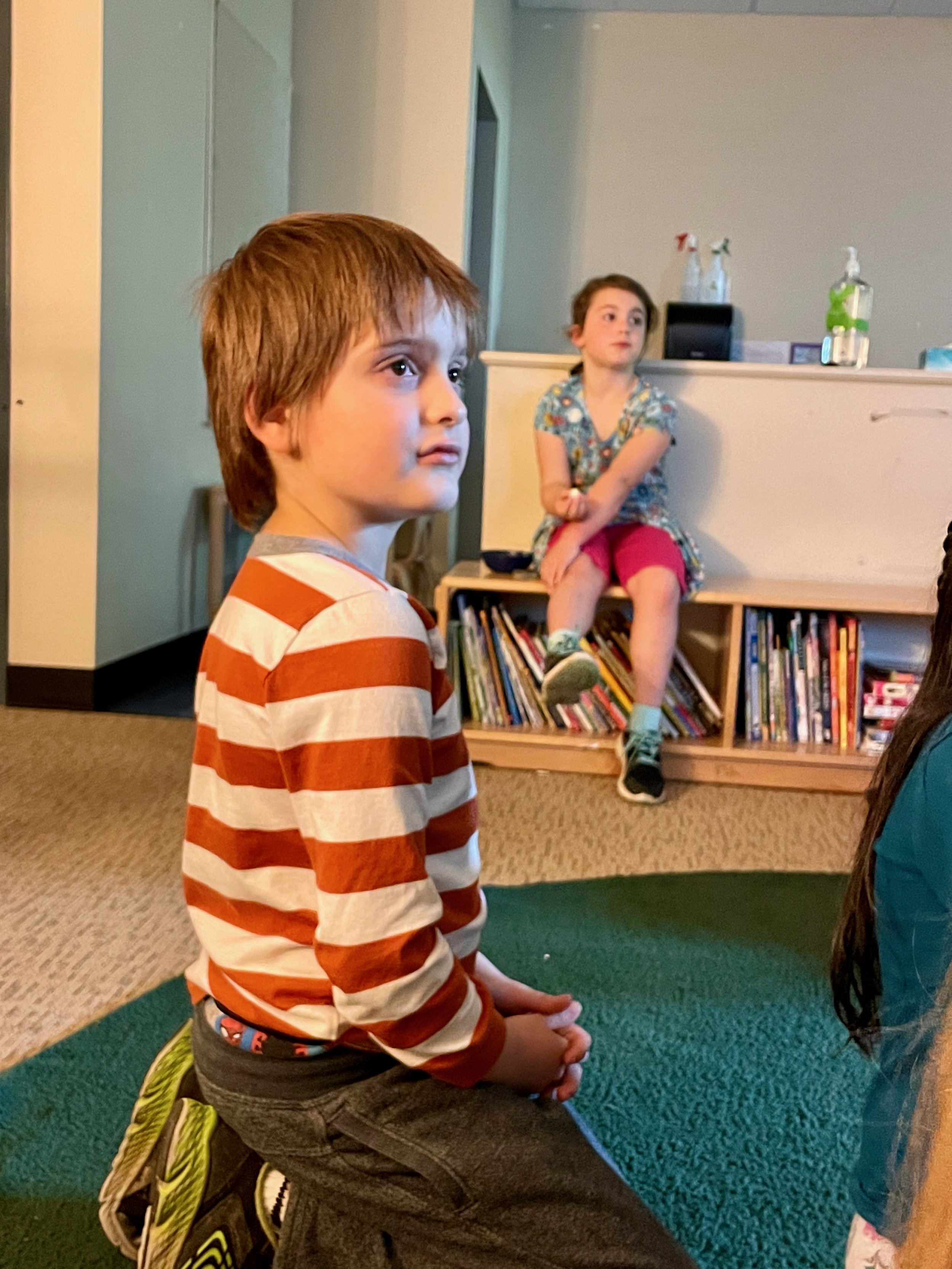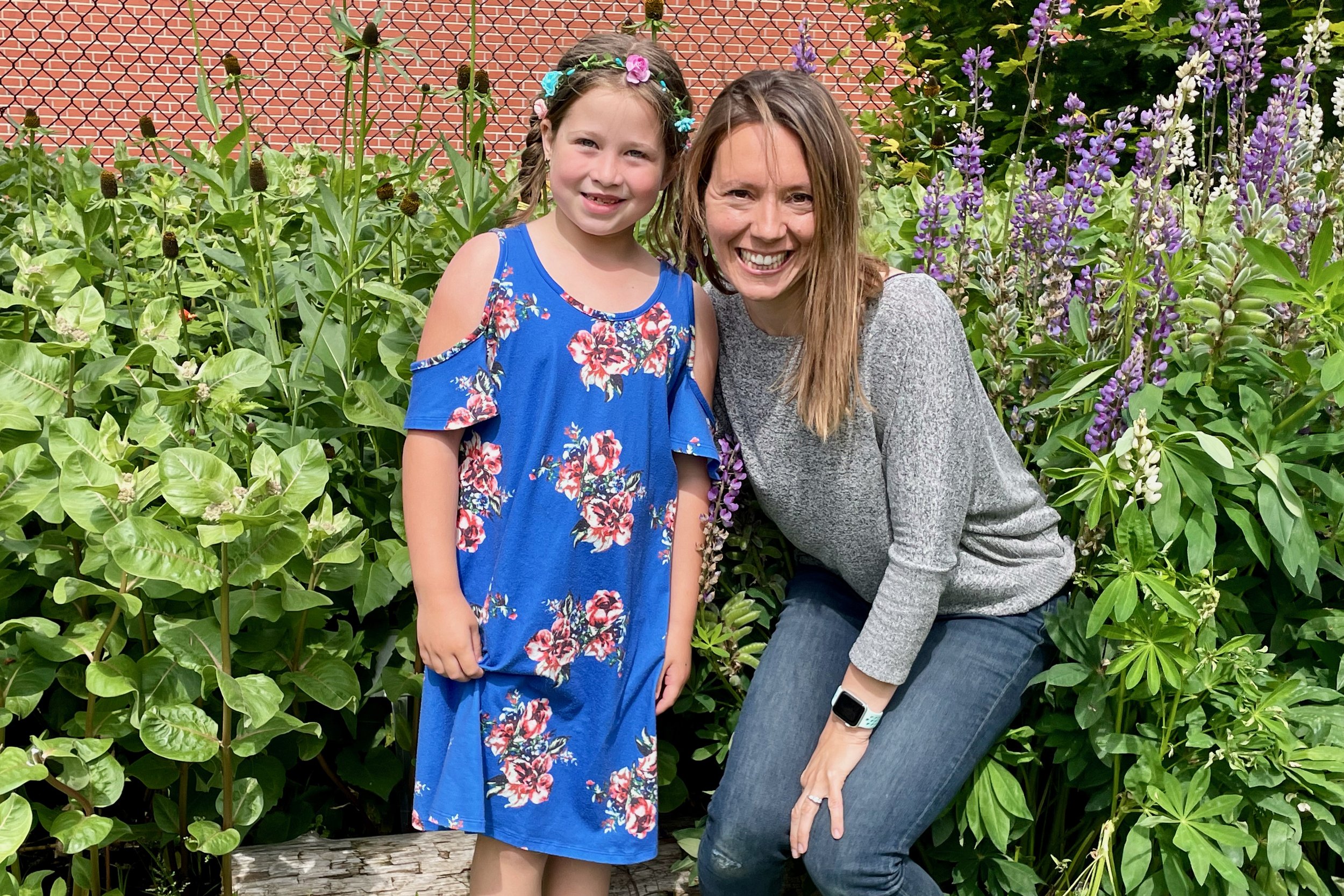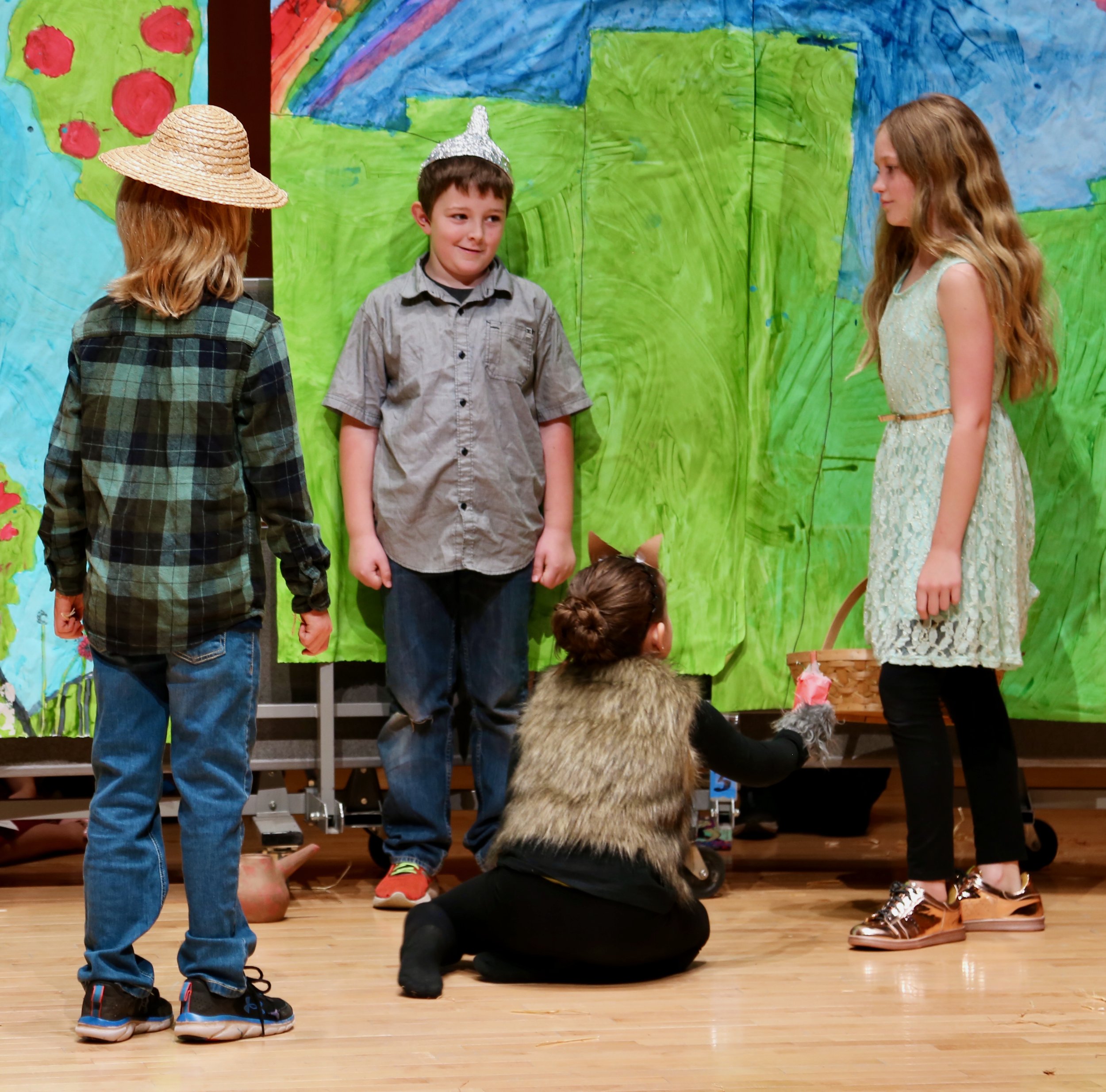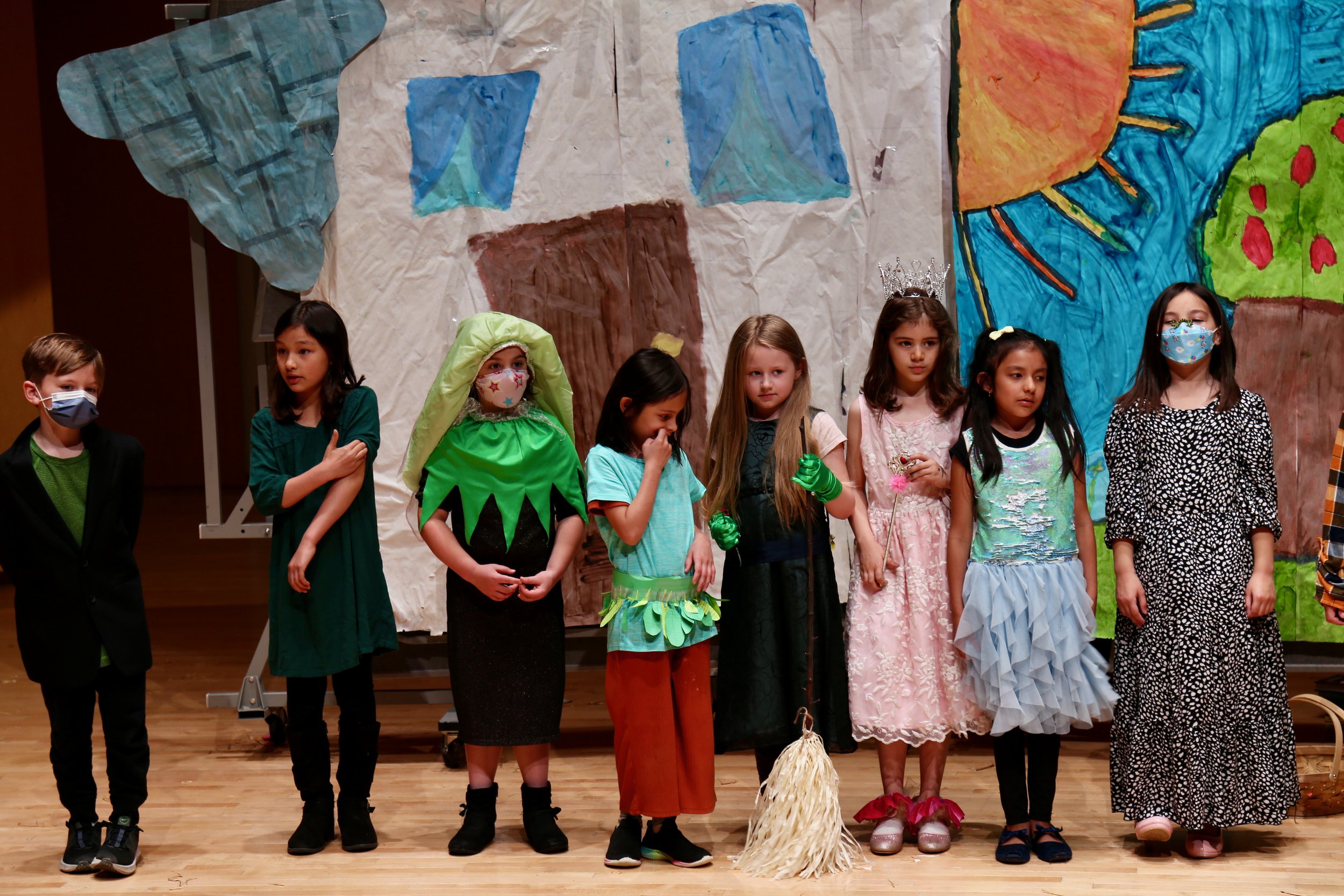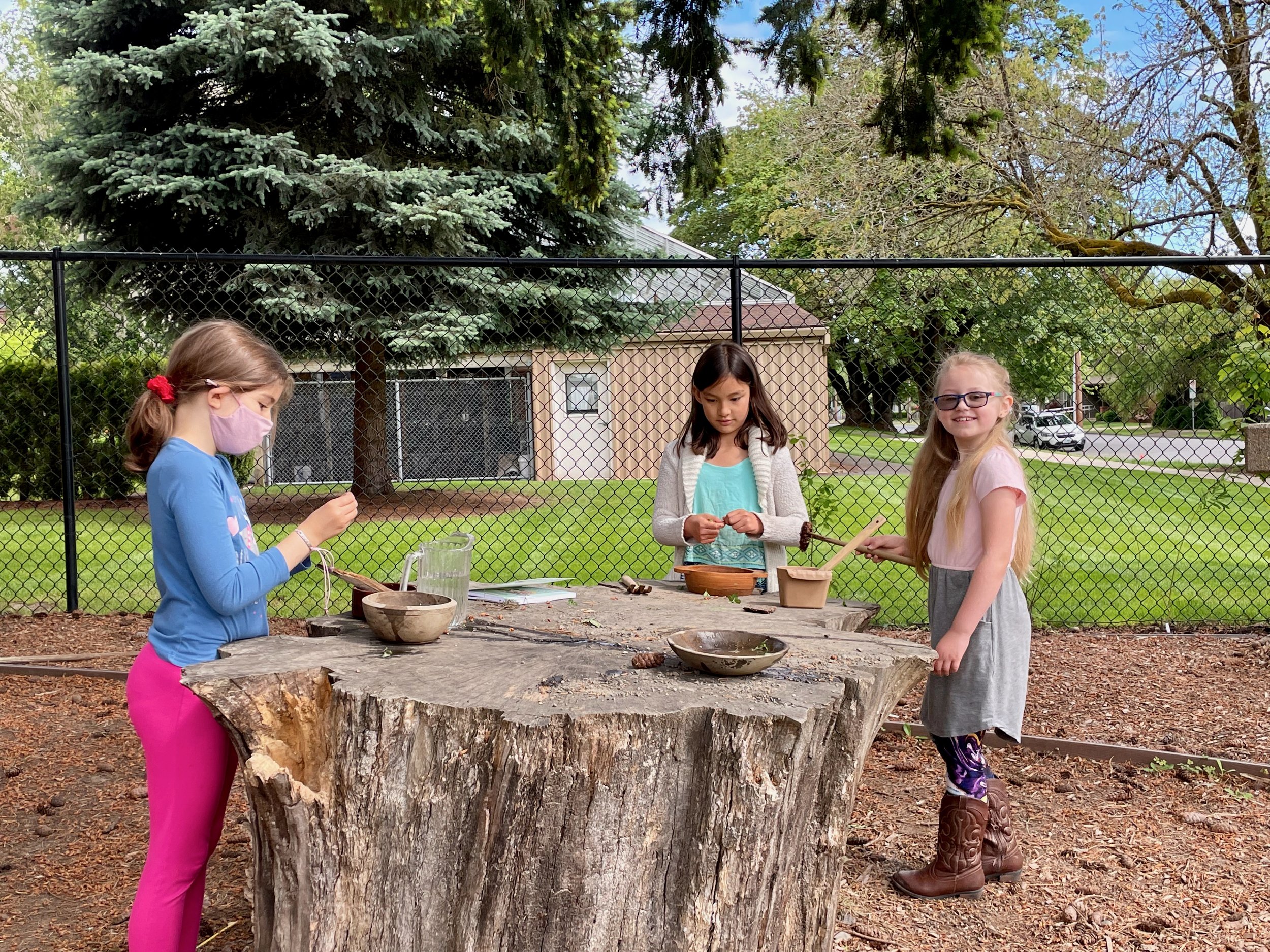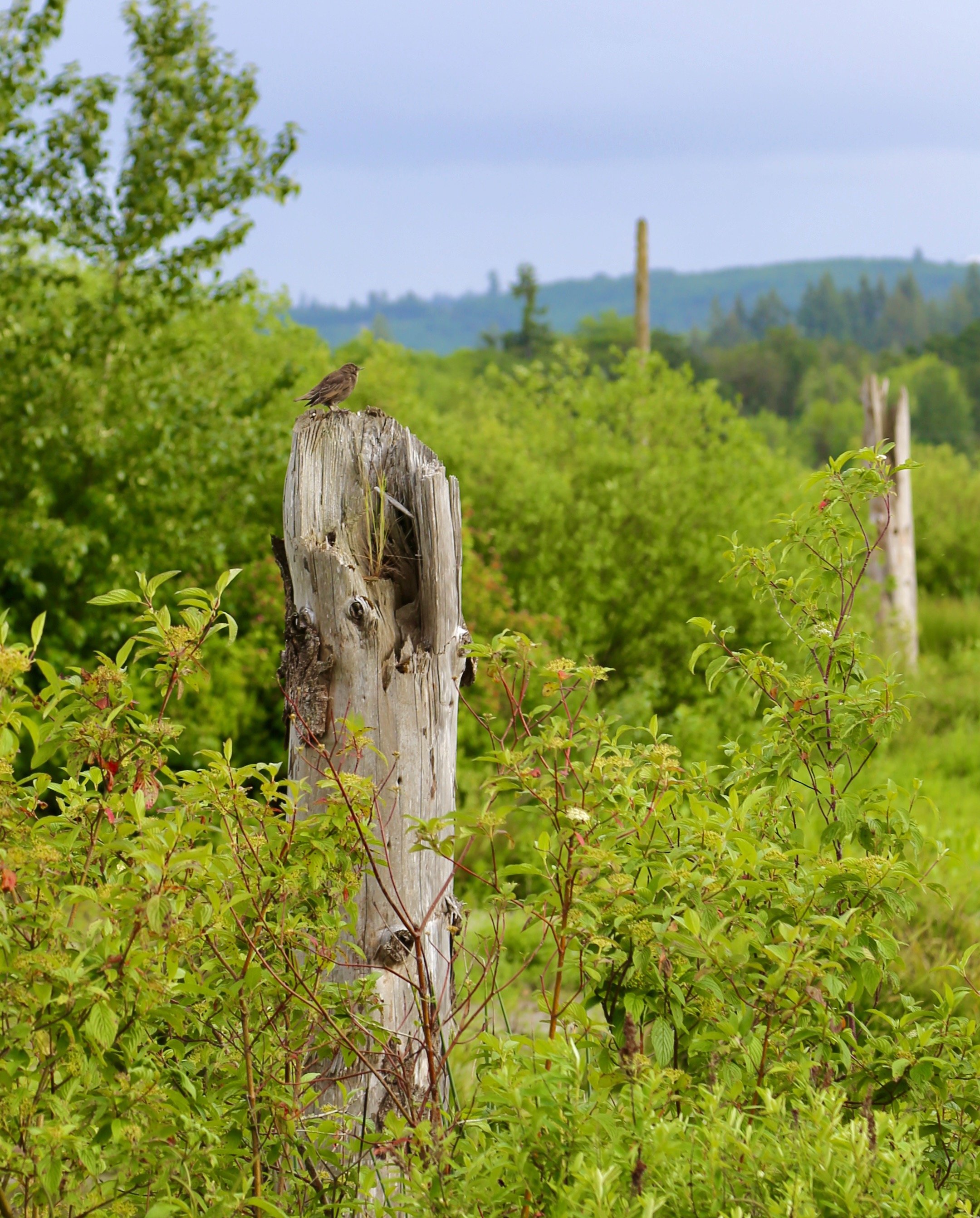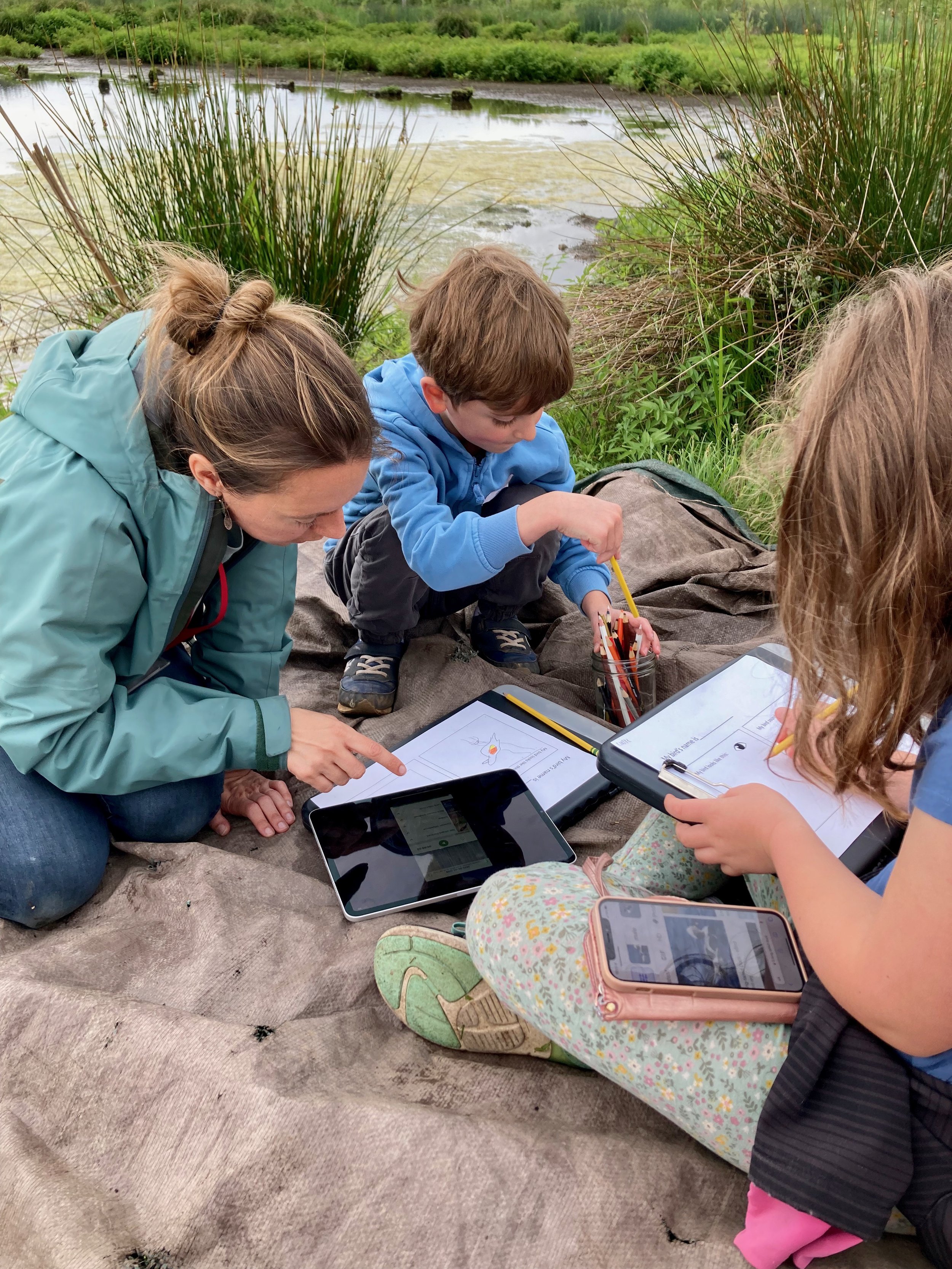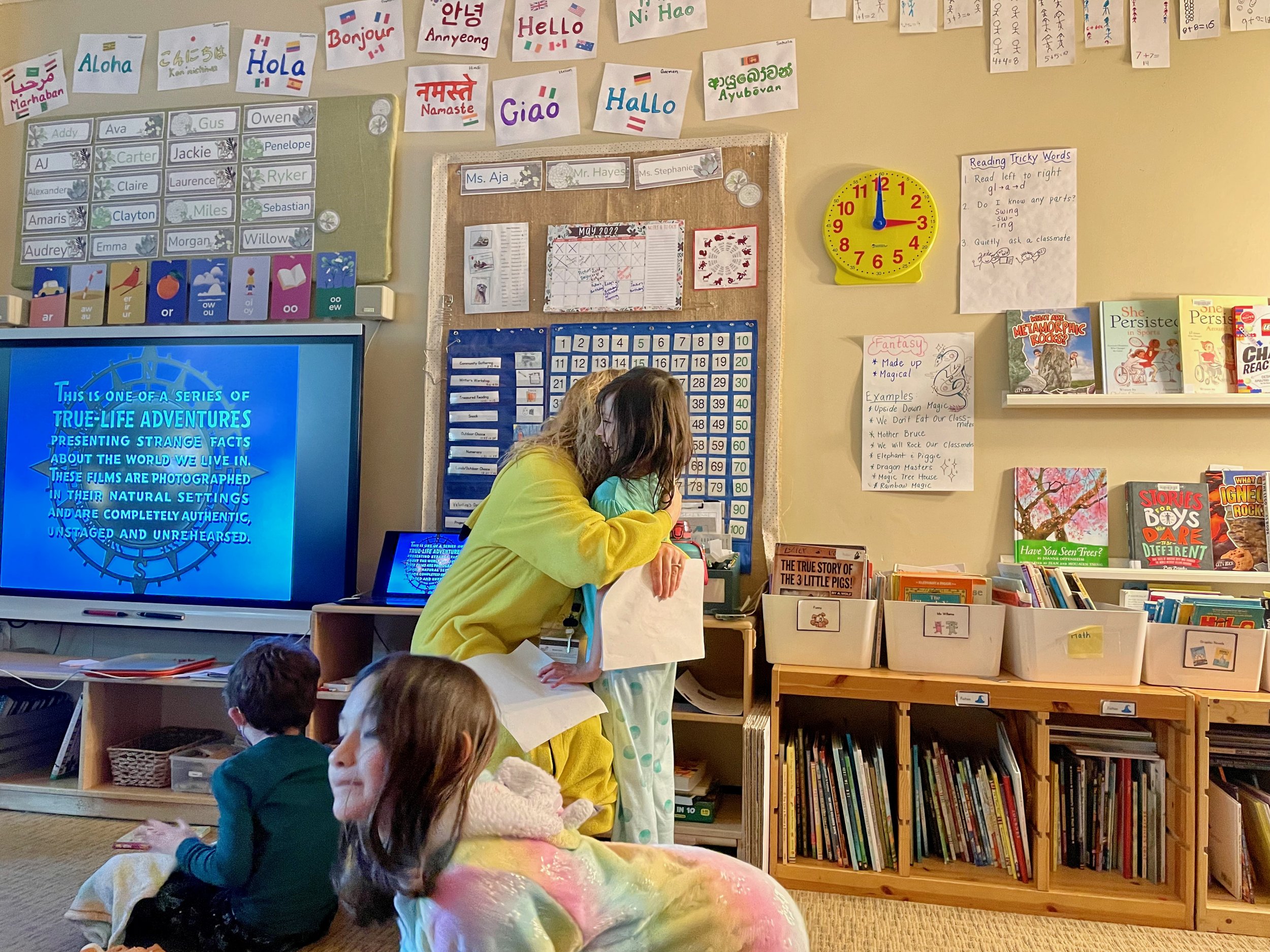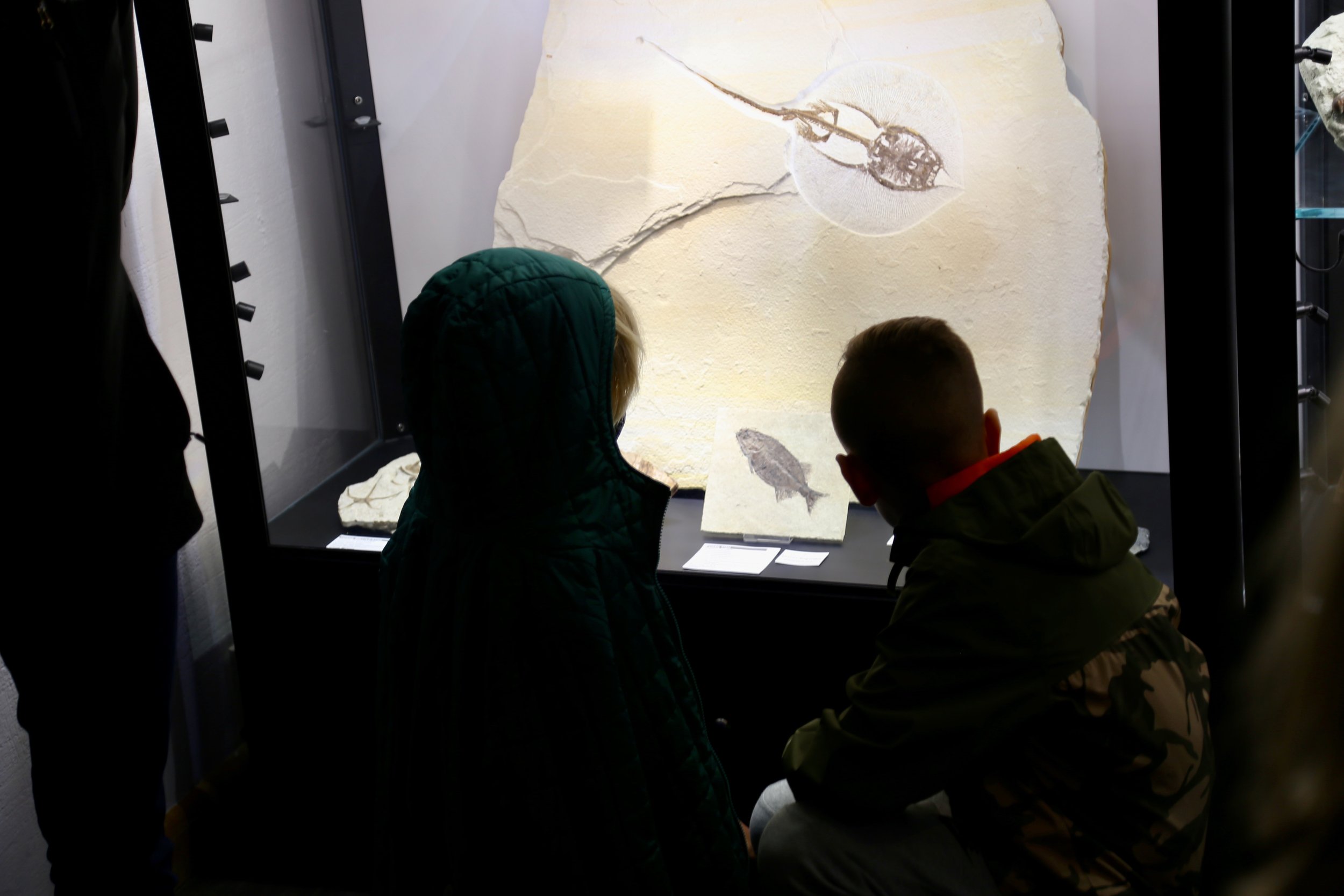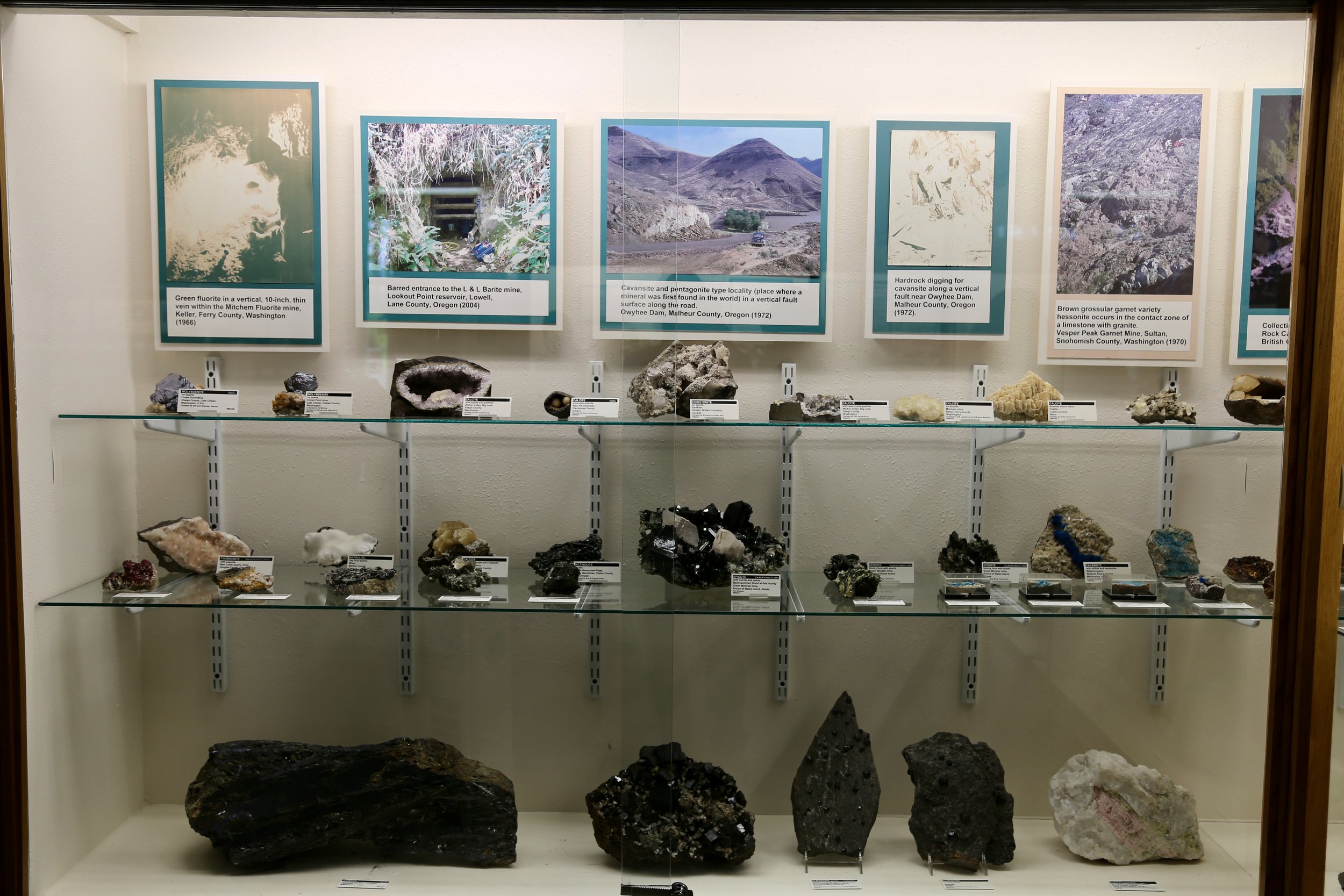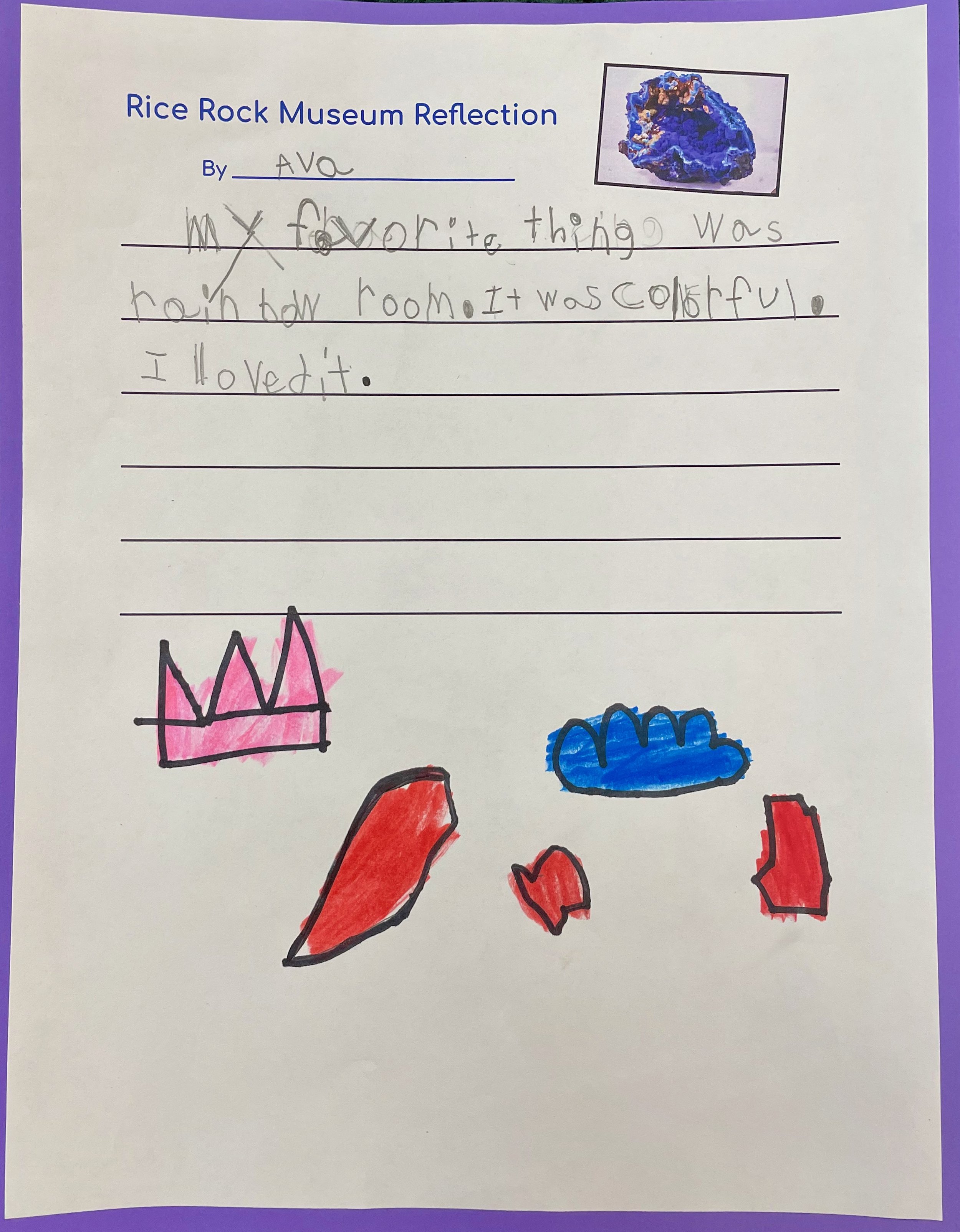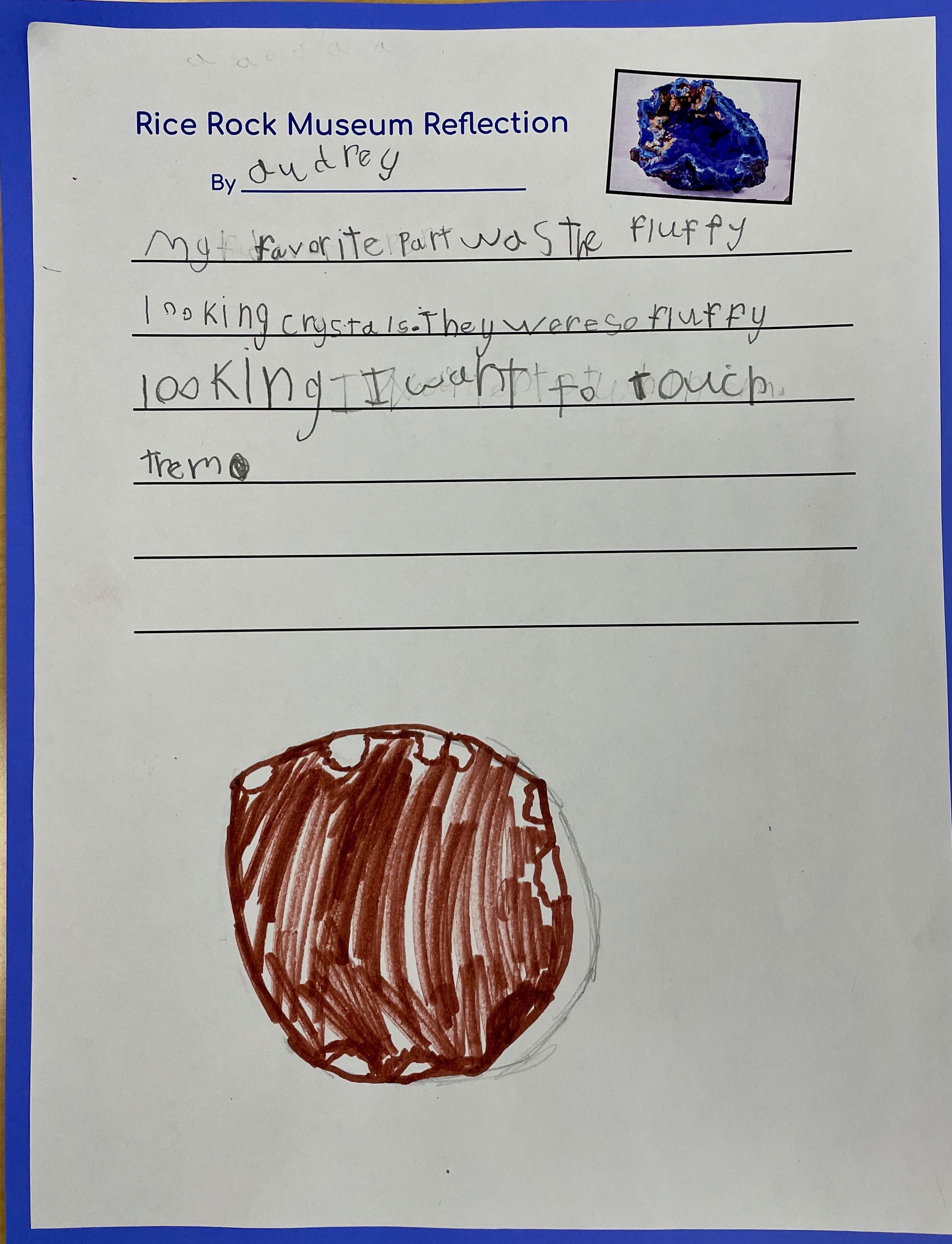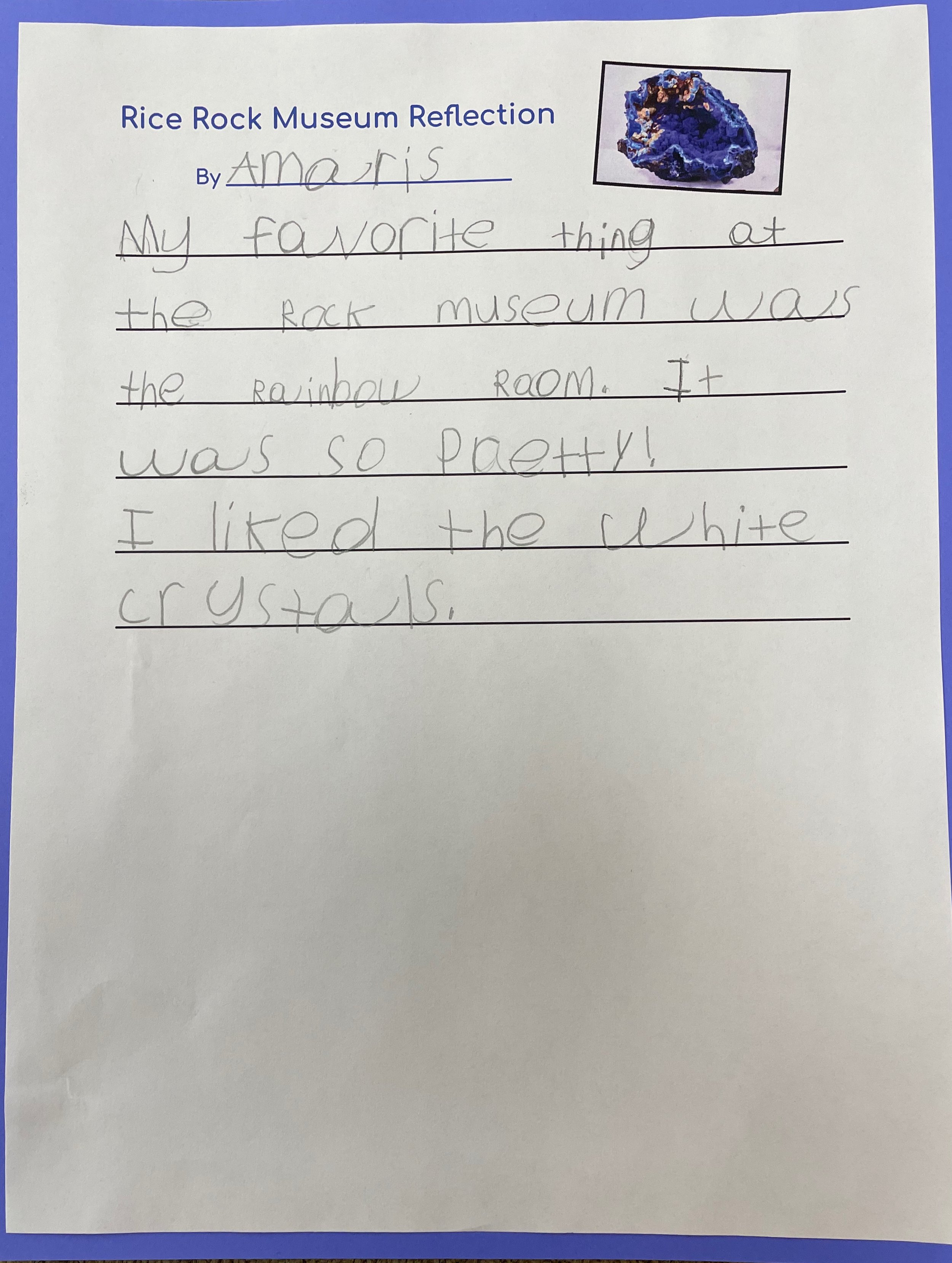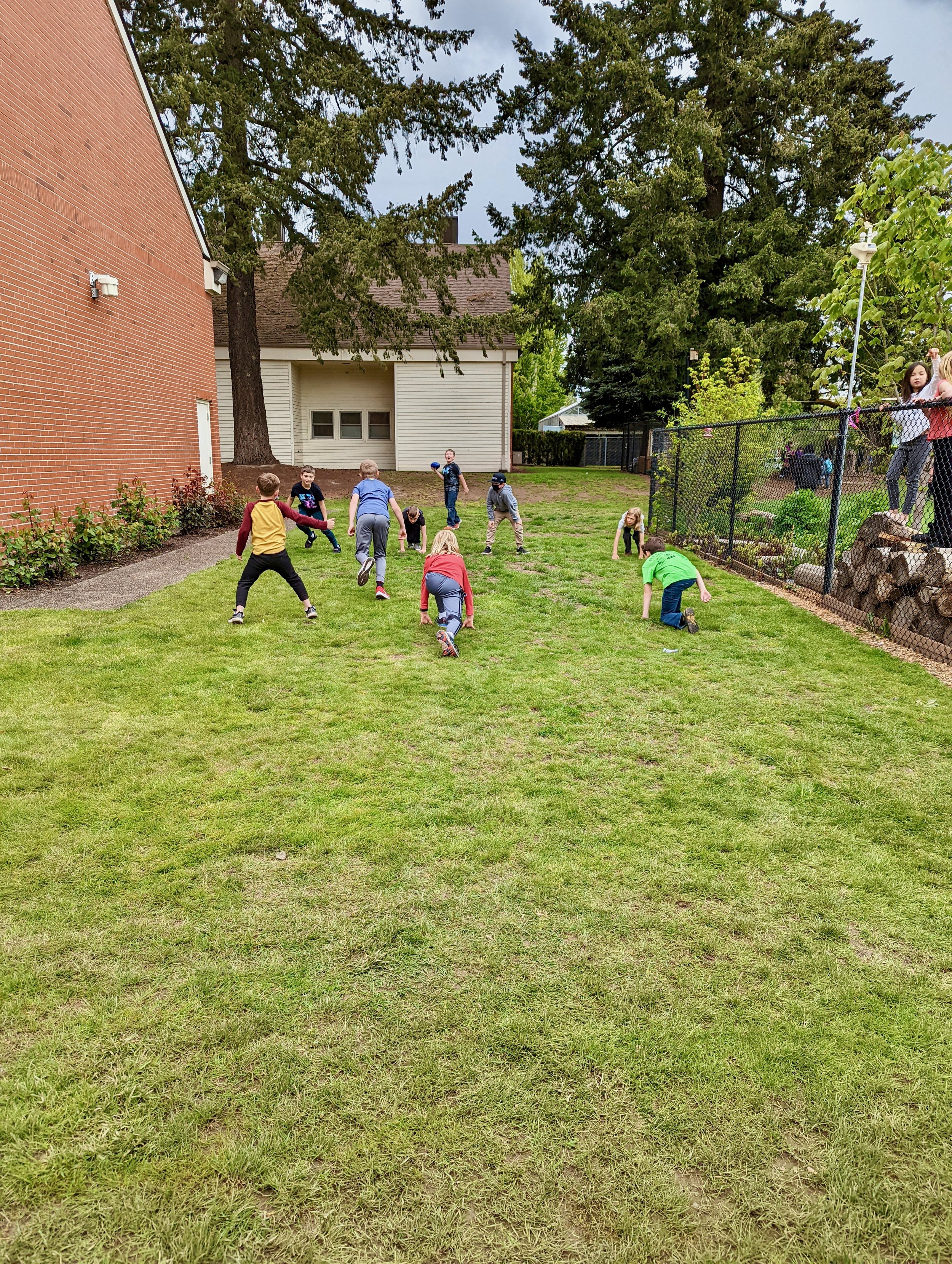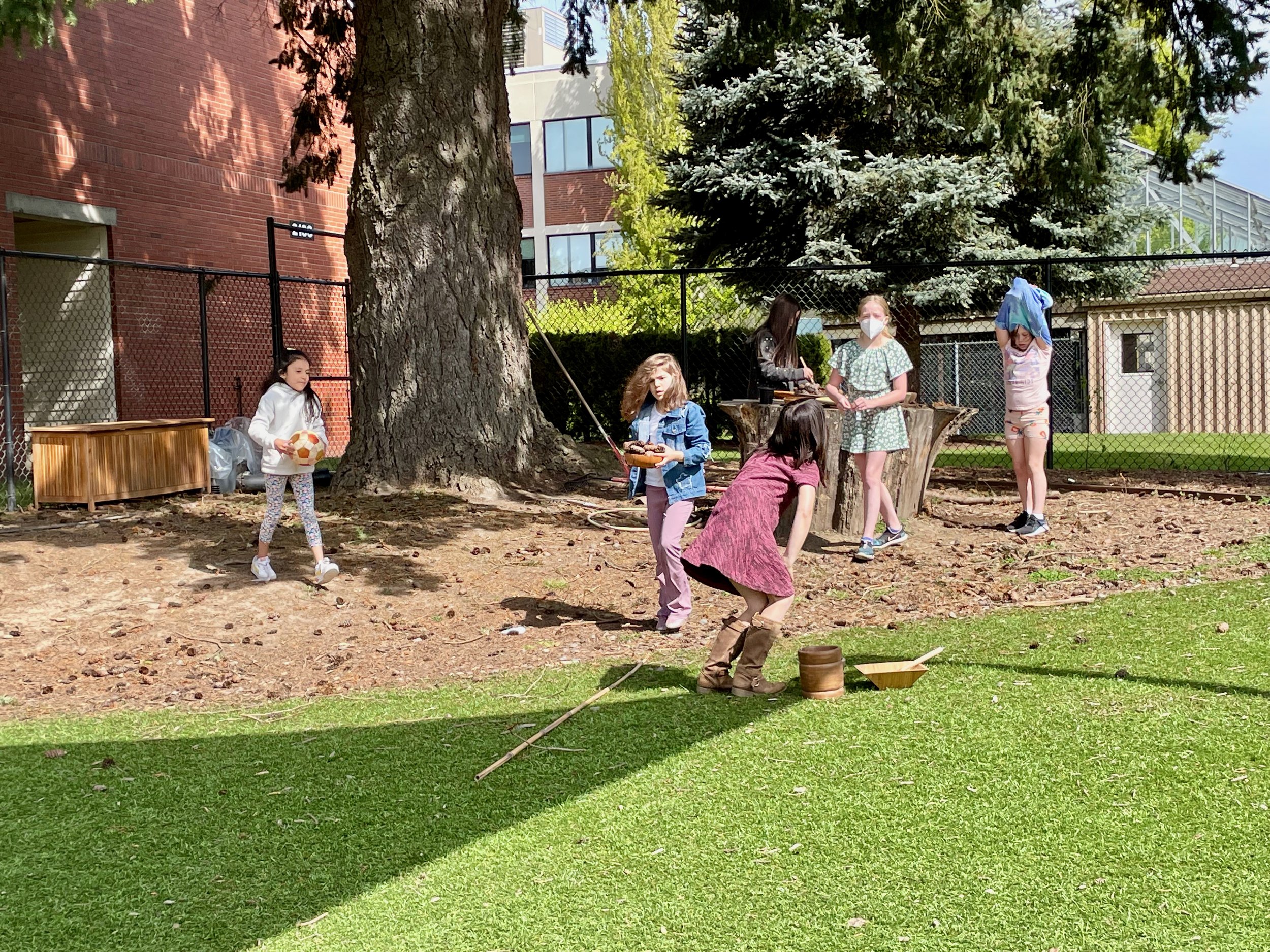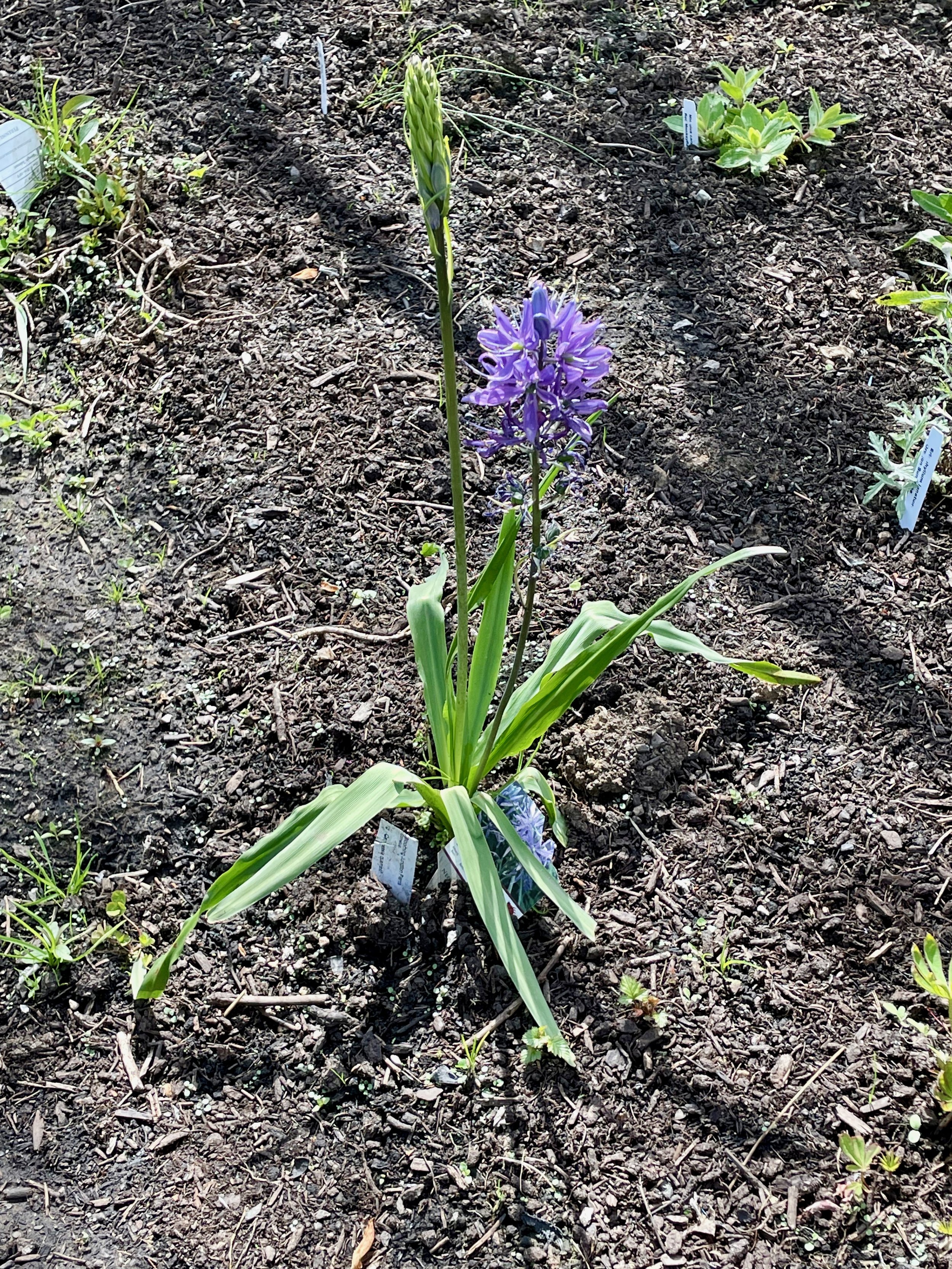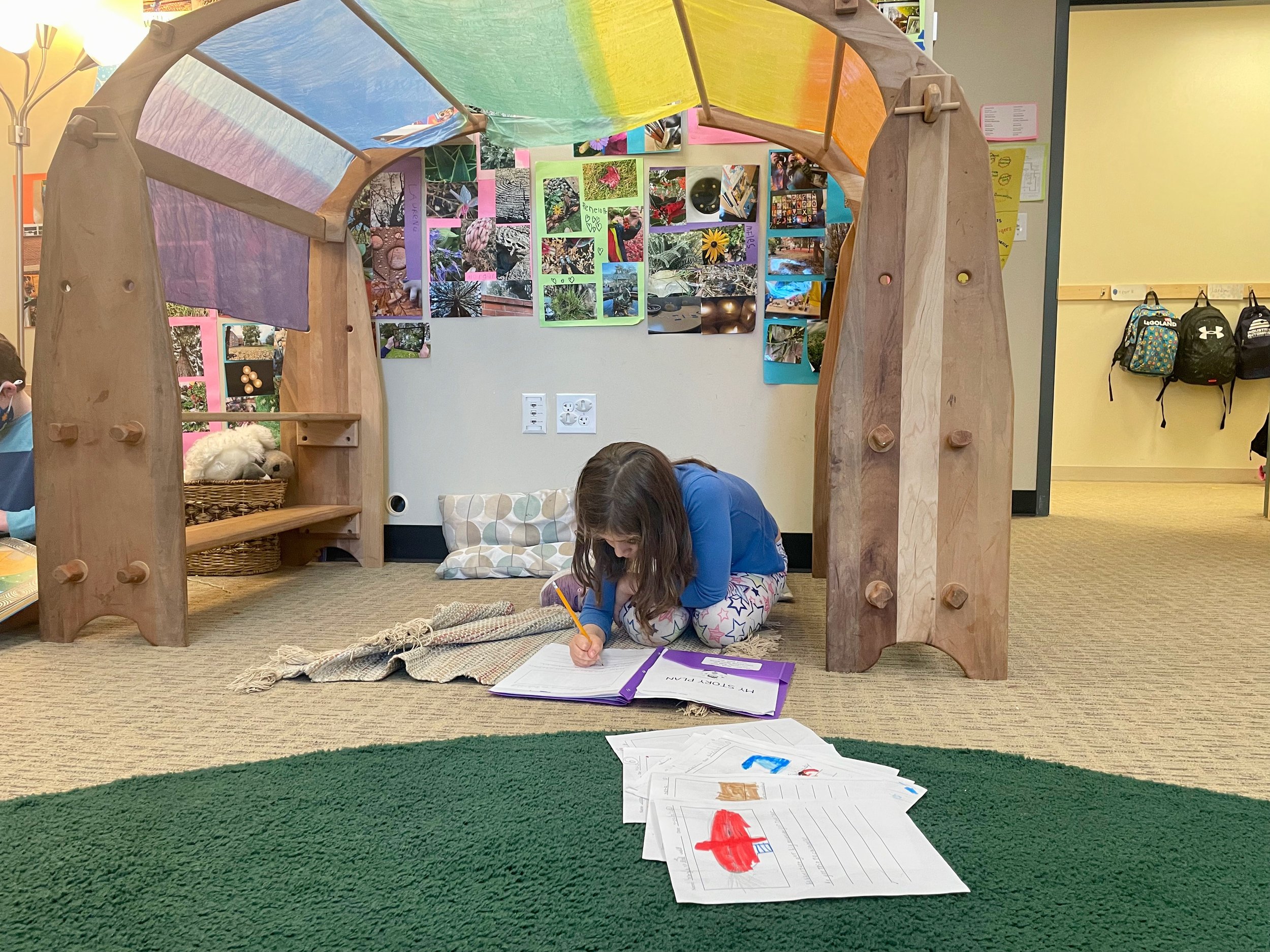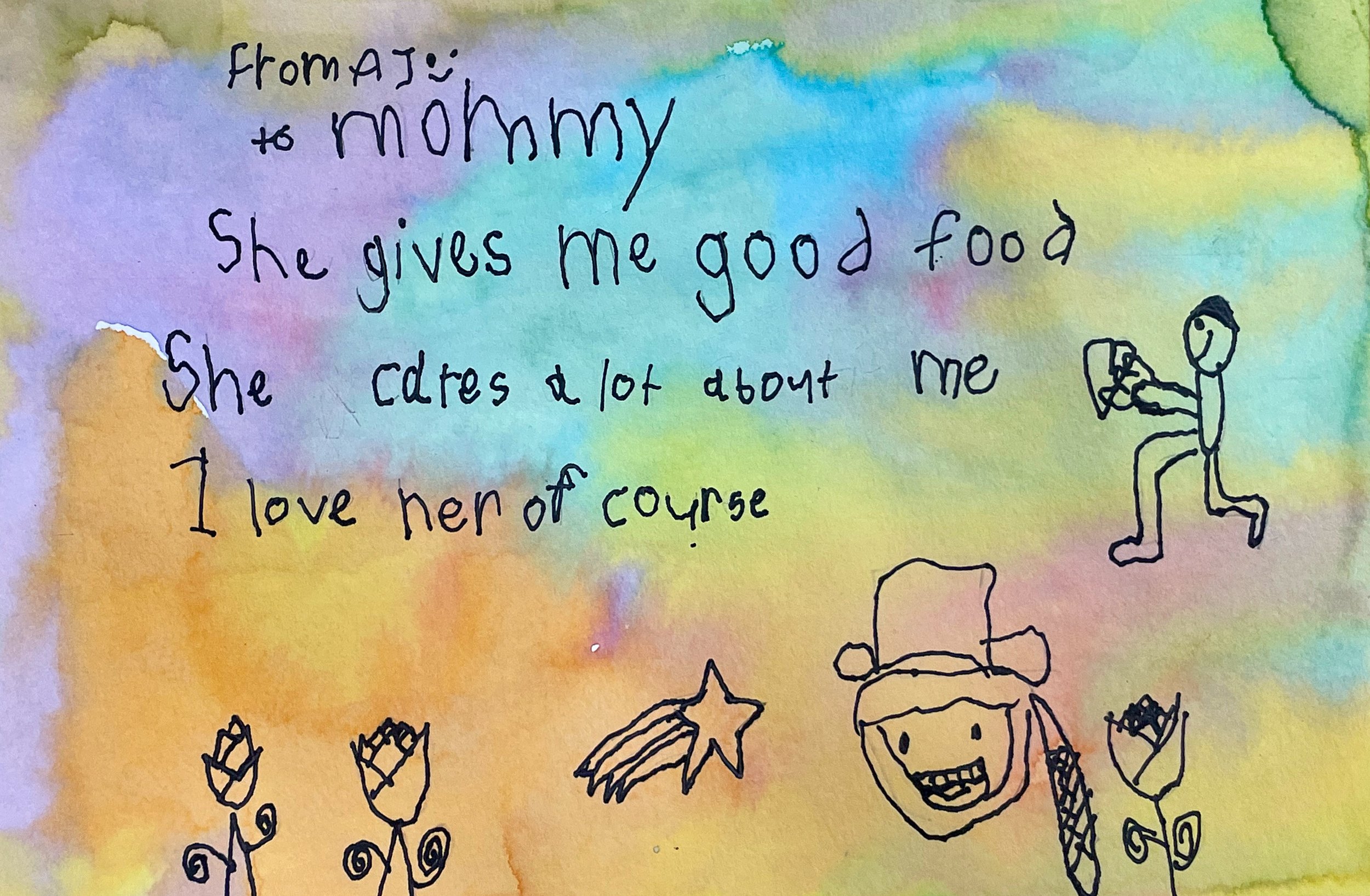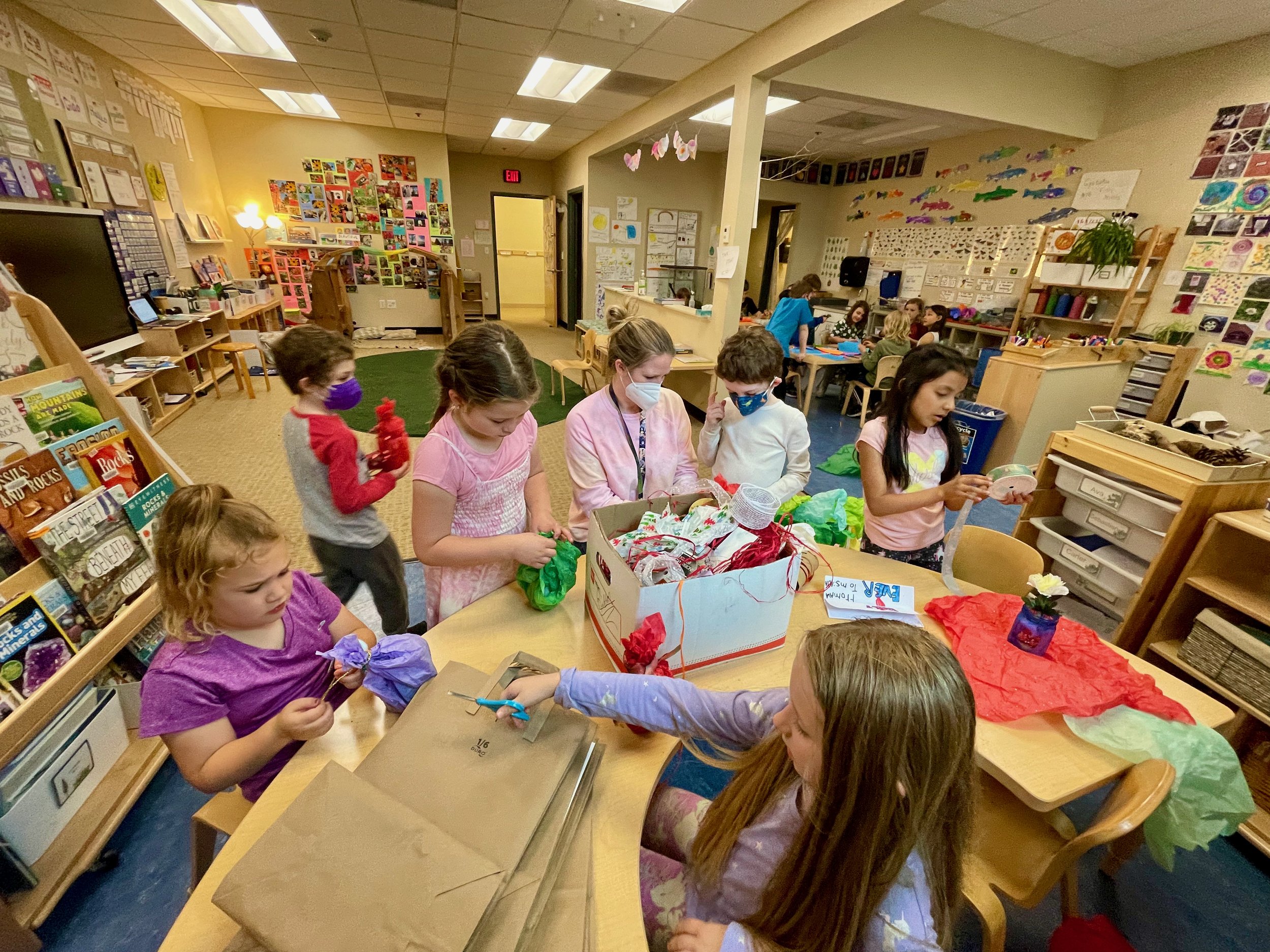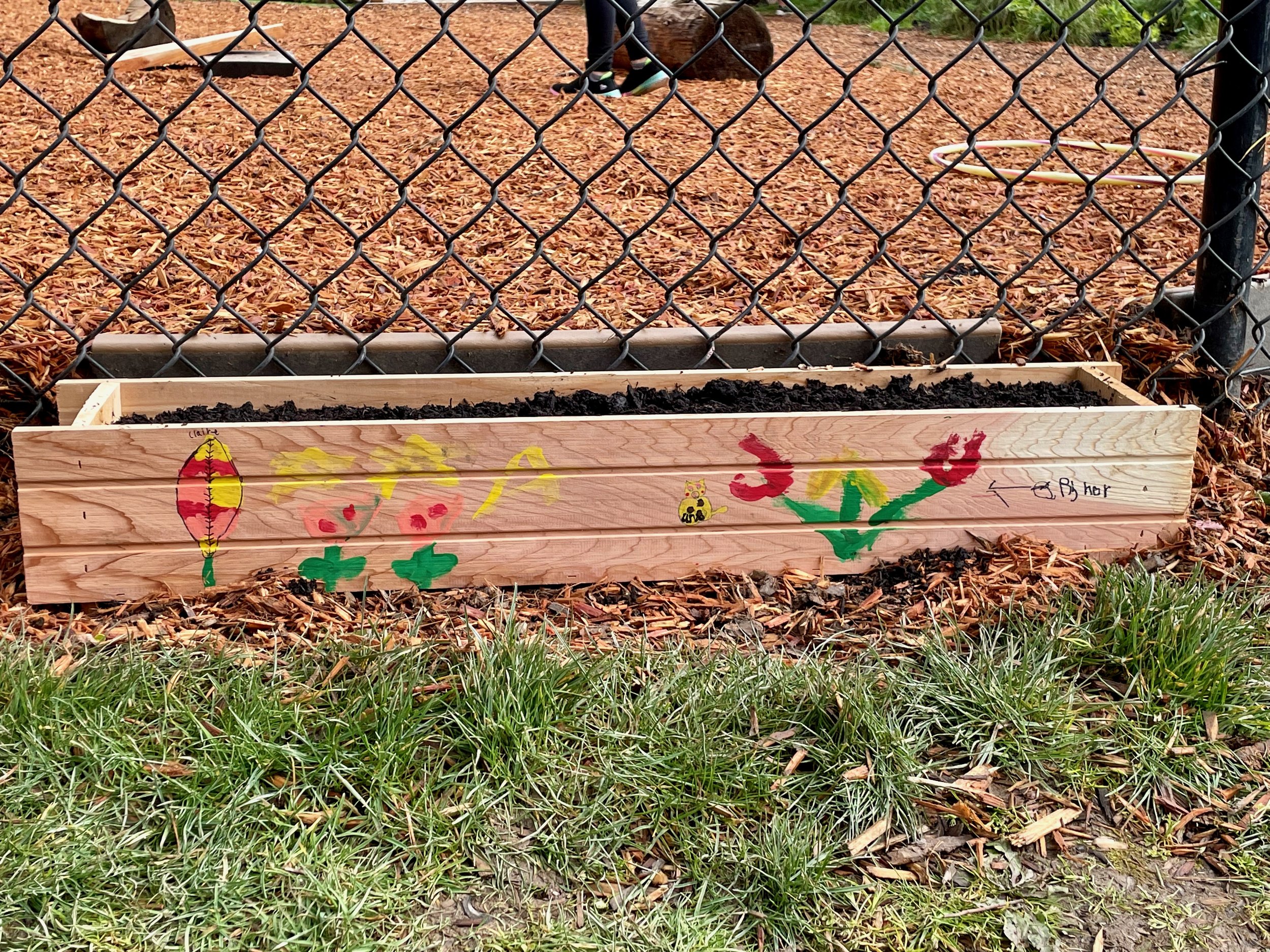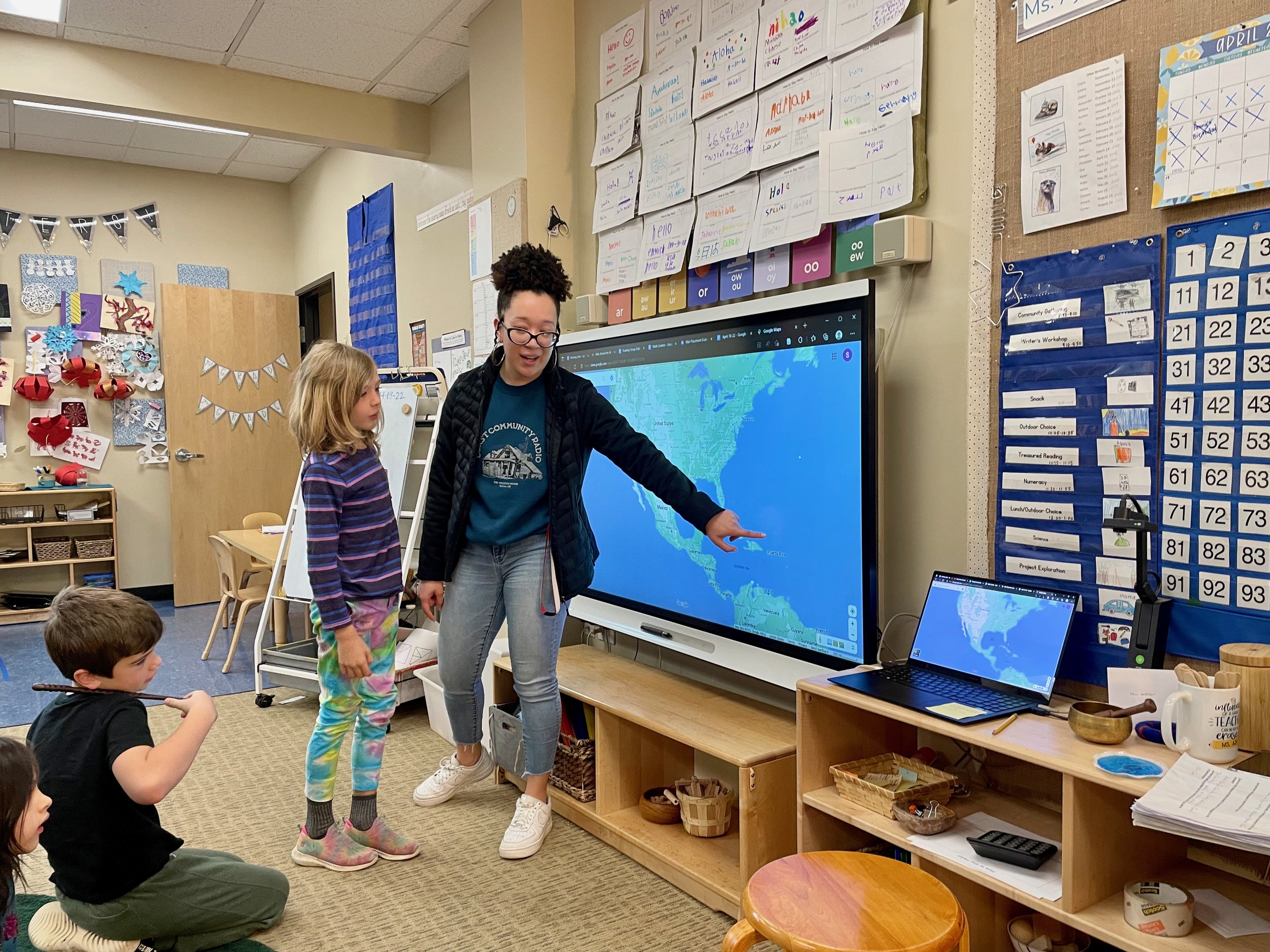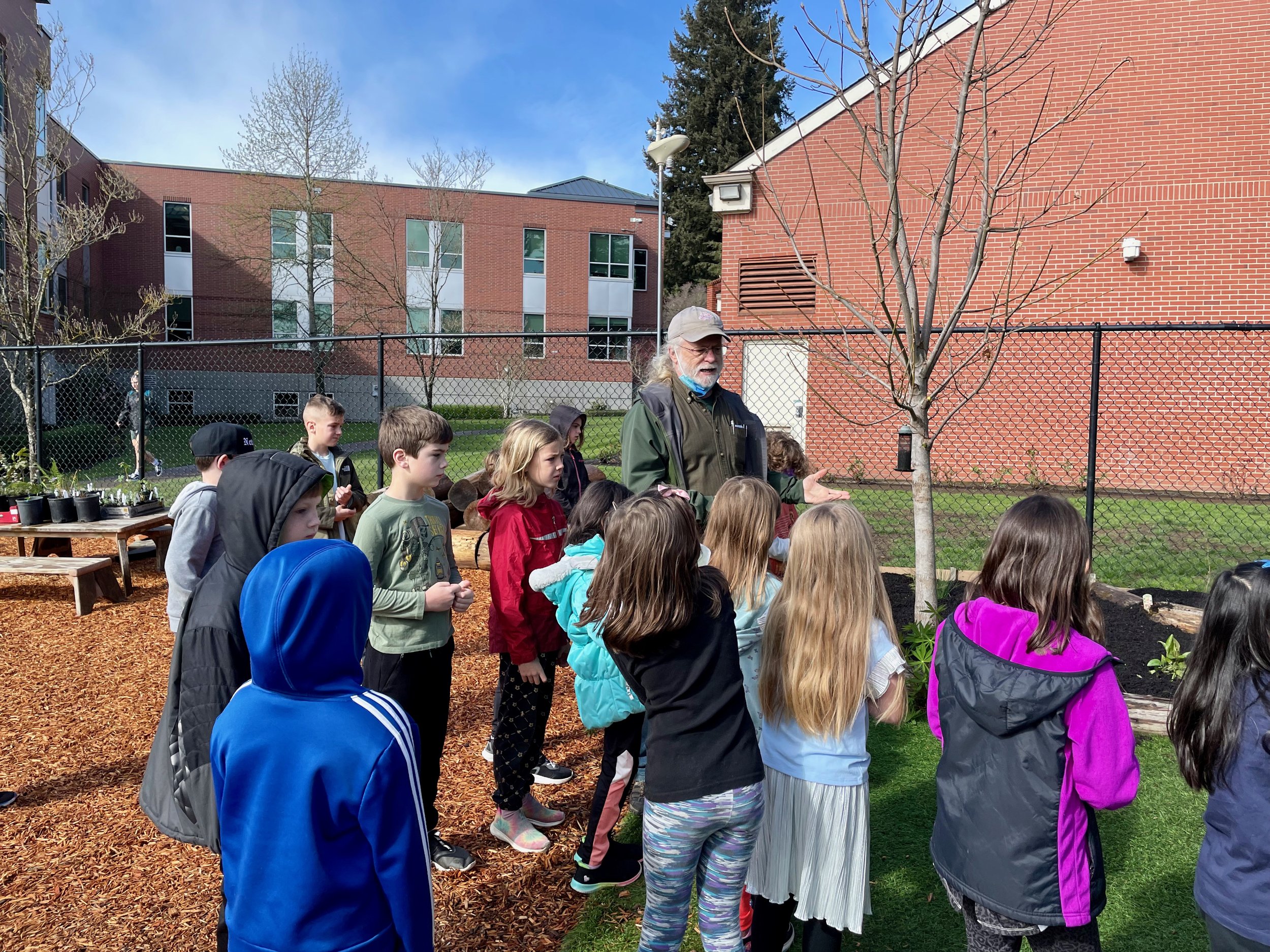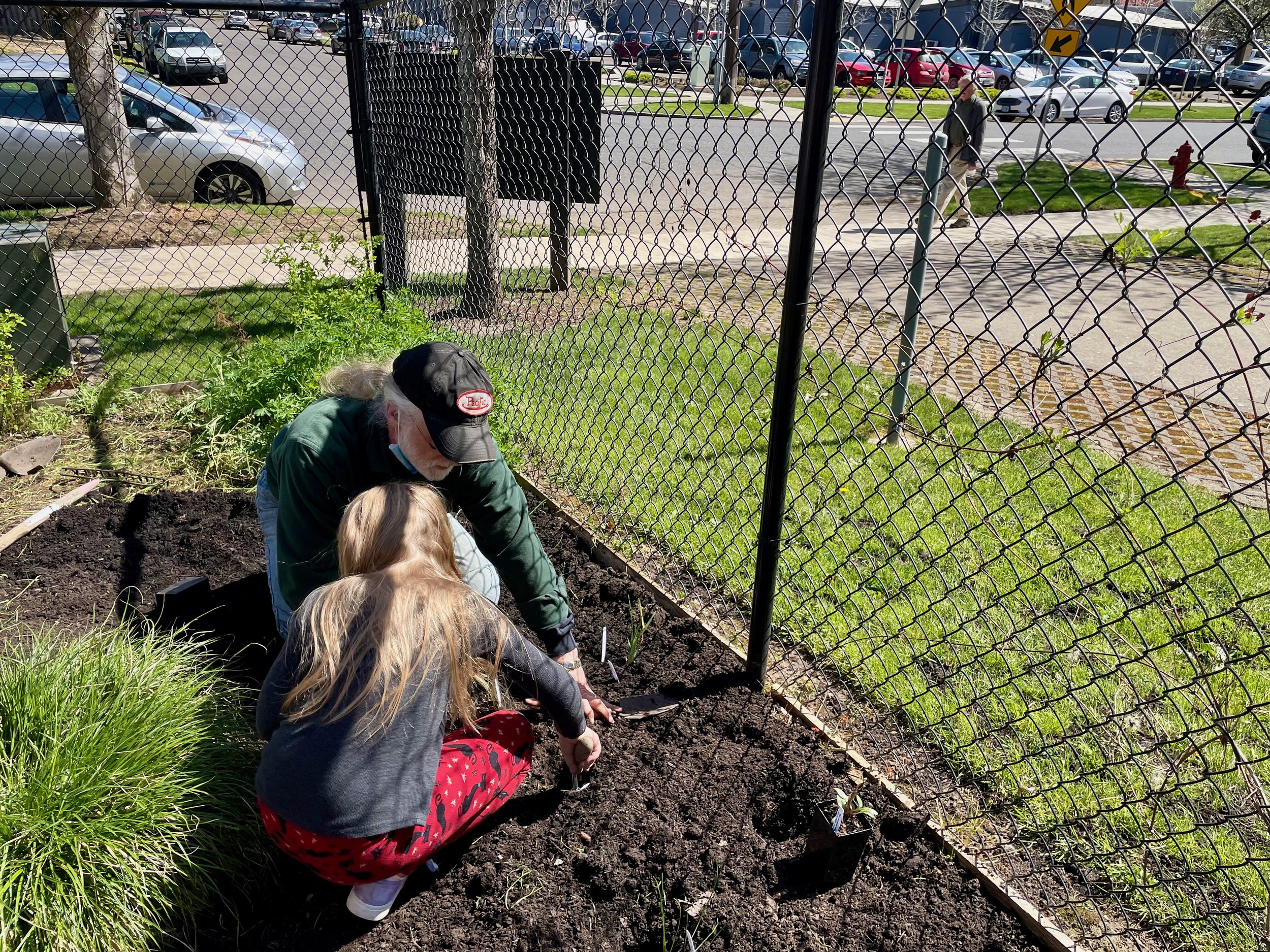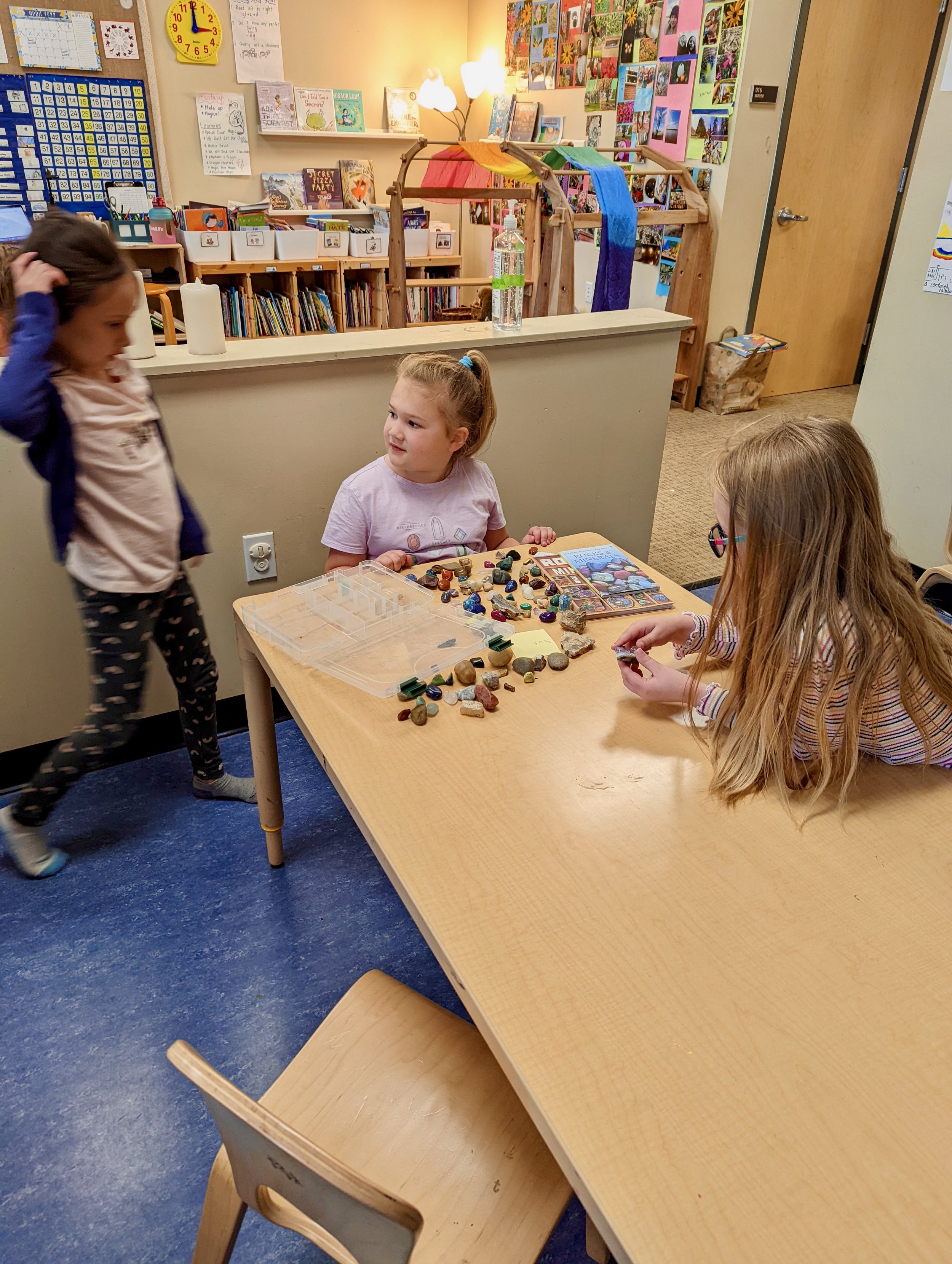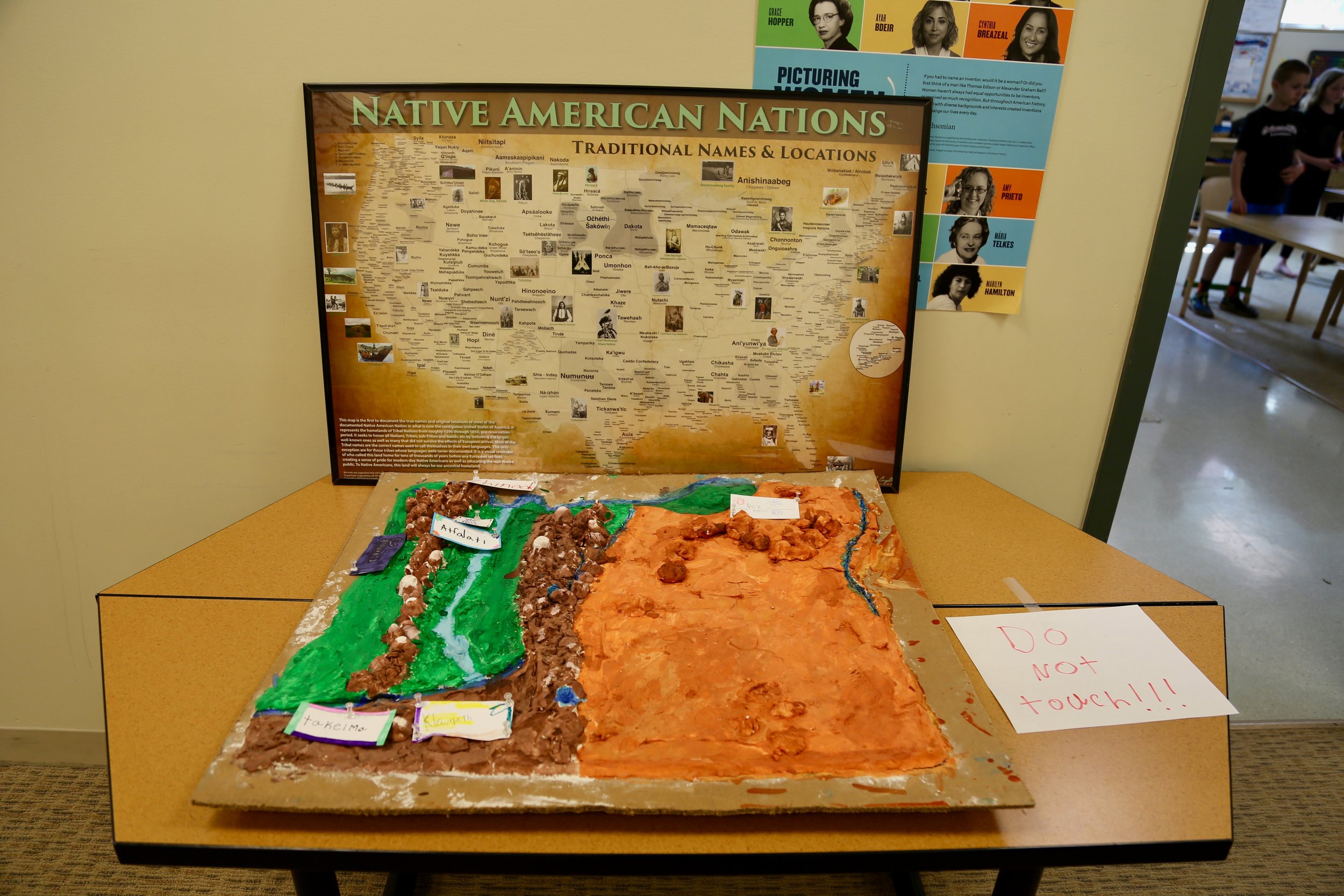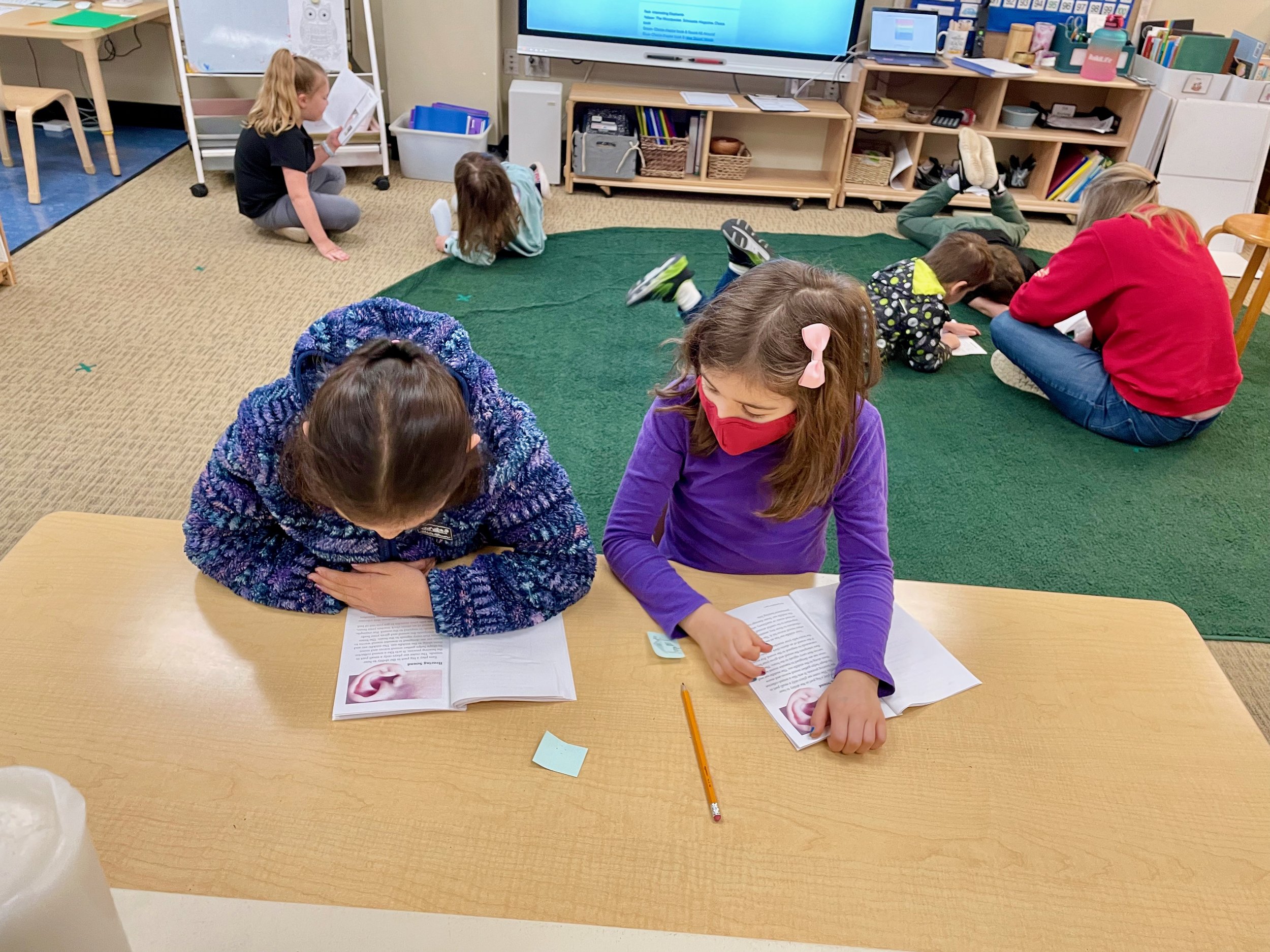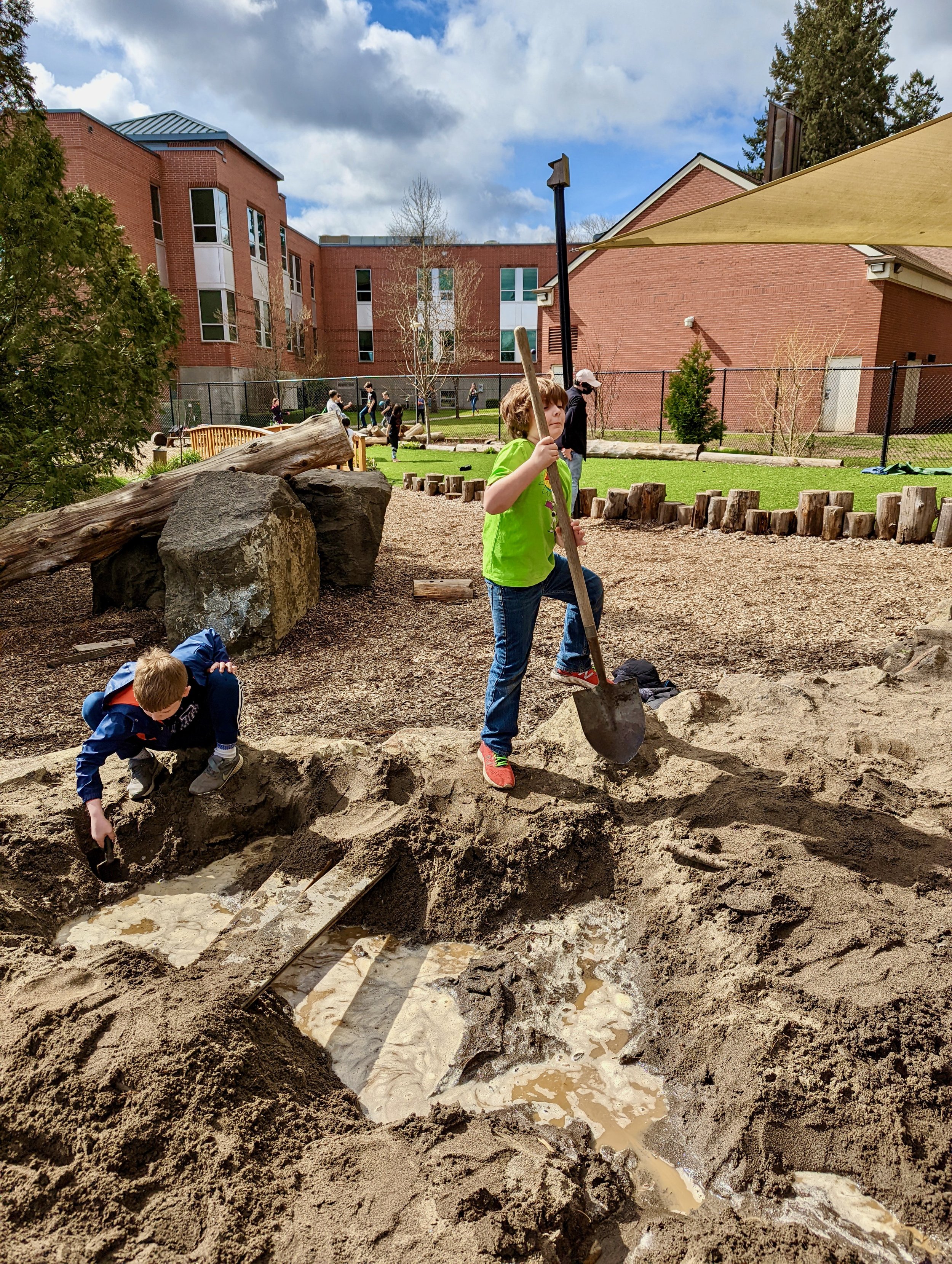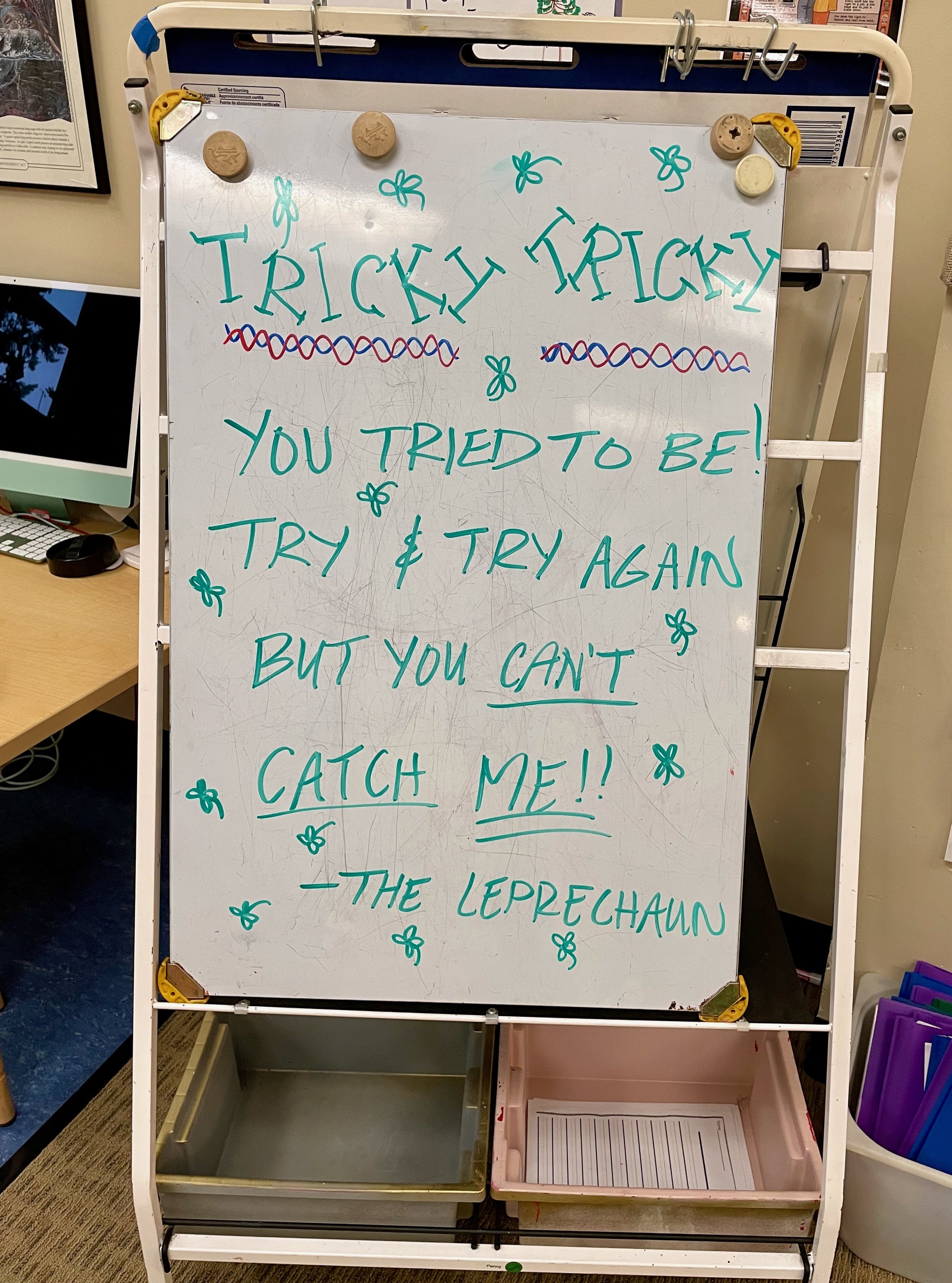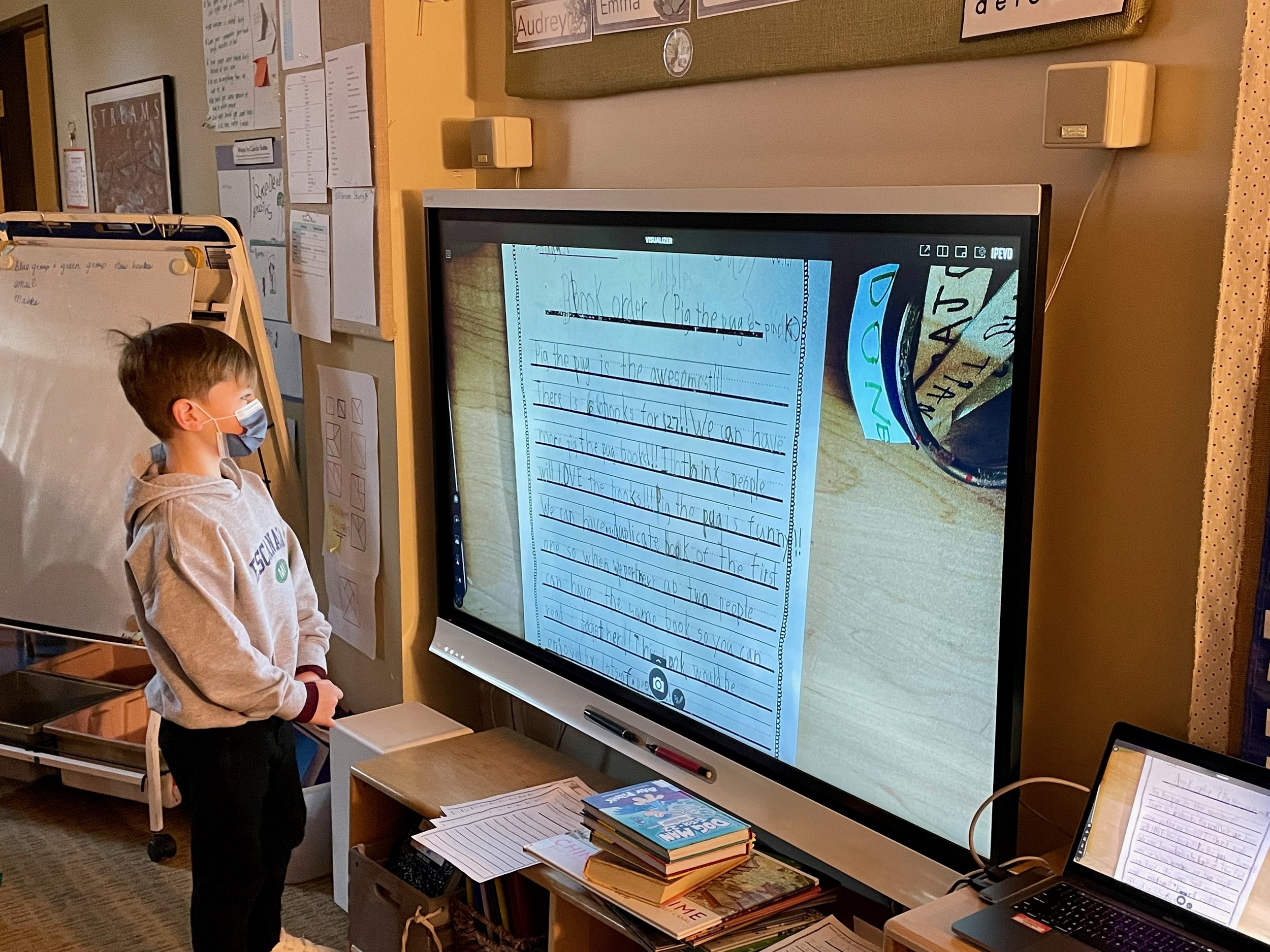That's a Wrap!
/ Aja AppelOur last day was bittersweet as we reminisced about our year together and looked forward to our summer adventures. During morning meeting we shared some of our highlights from the year and discussed things we would like to change for next year. We spent leisurely time on campus playing on the sand volleyball courts, running across expansive fields, and playing with a giant chess set. We used shaving cream to clean our tables, and ended up with more shaving cream on ourselves than on the tables. We also listened to the remaining chapters in our Candymakers audio book. After lunch we rewatched our first play of the year, We Don’t Eat Our Classmates and then a slideshow of photos (see below). As we watched we marveled at how much students had changed over the course of a year. We ended our time together by saying a few words about each child and presenting them with their memory books filled with photos, writing, and art from the school year. Please take time to marvel over your child’s work and reflect on how much they’ve grown. It’s been a joy to spend our days together, learning and growing this year. We hope you have a wonderful summer!
